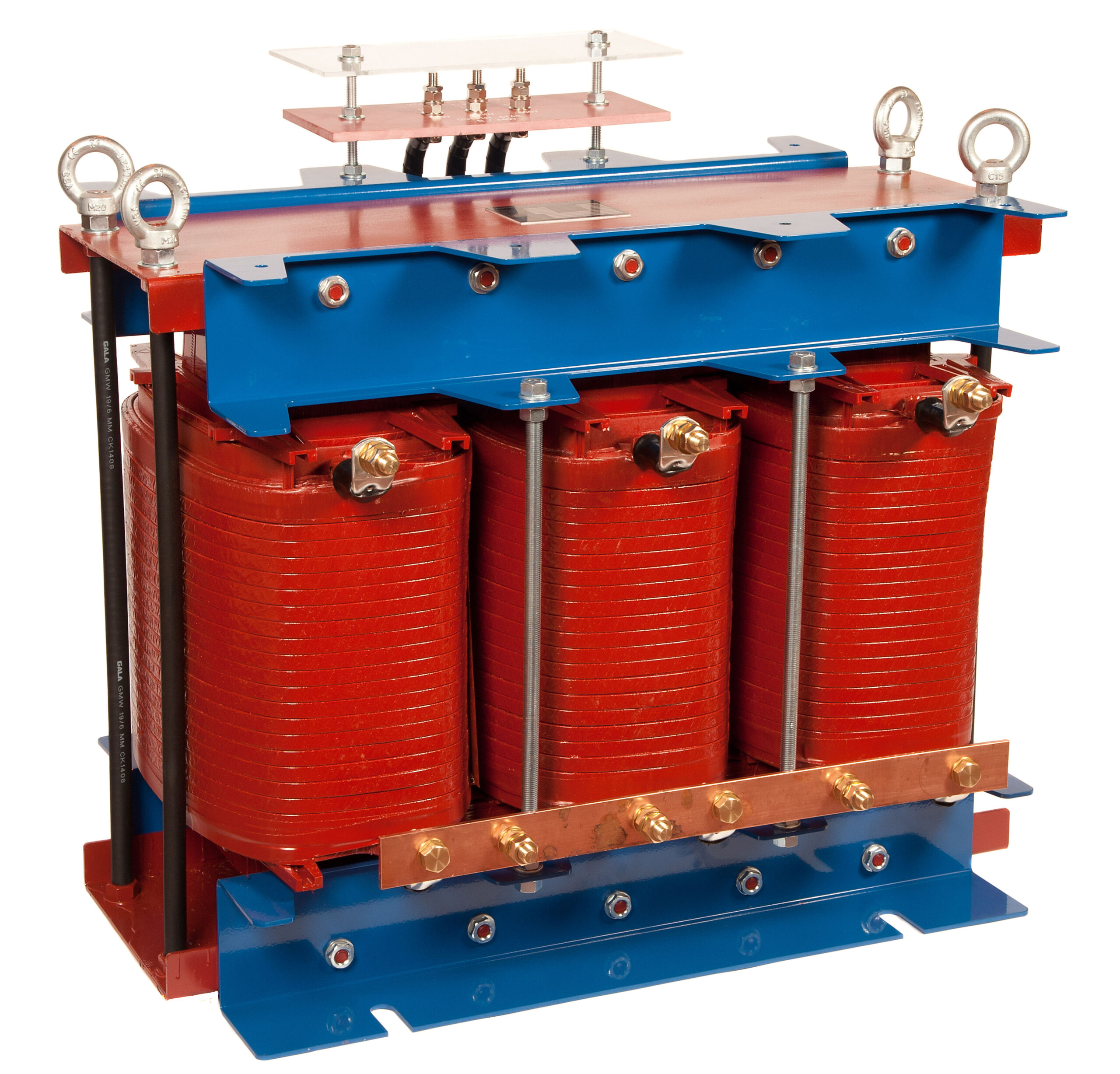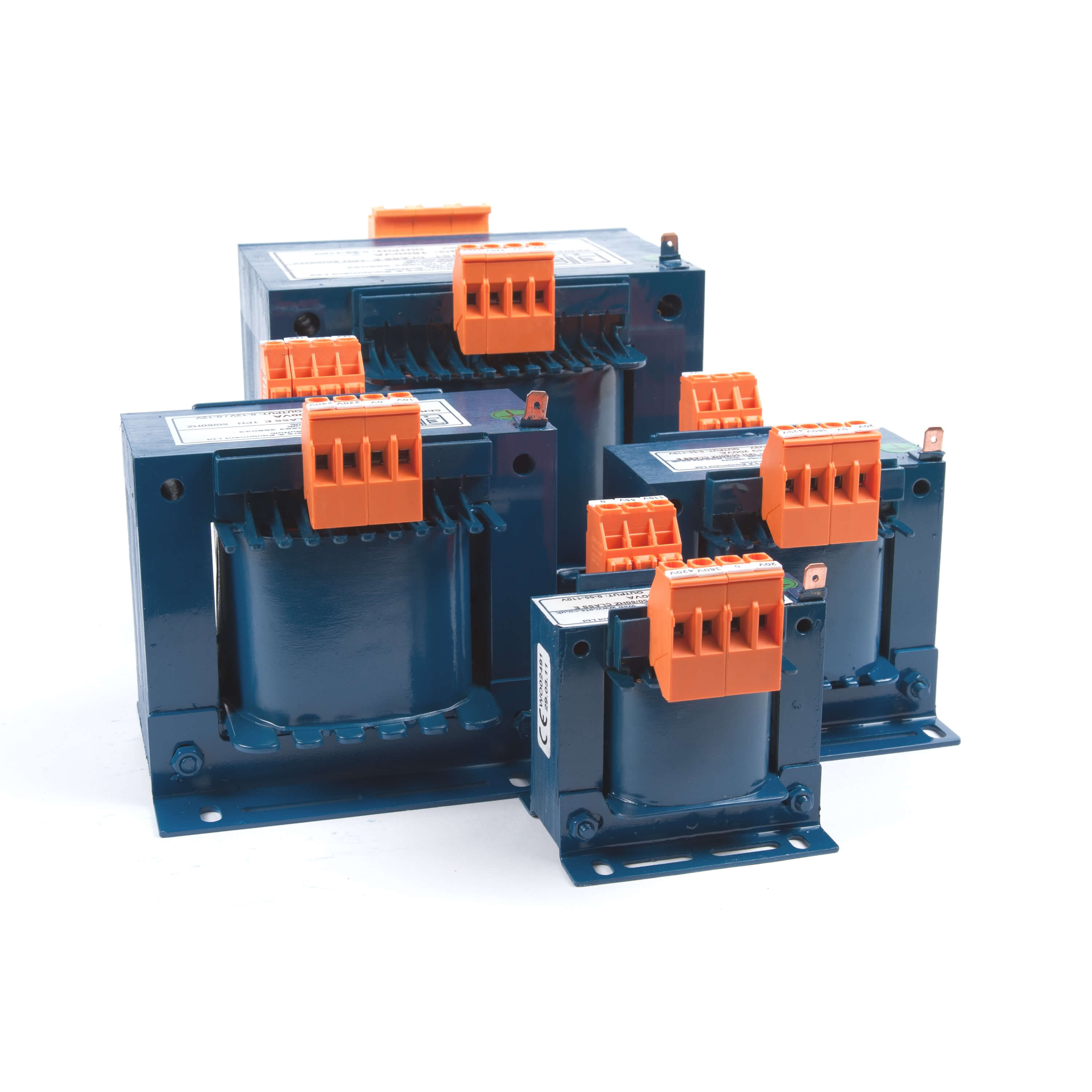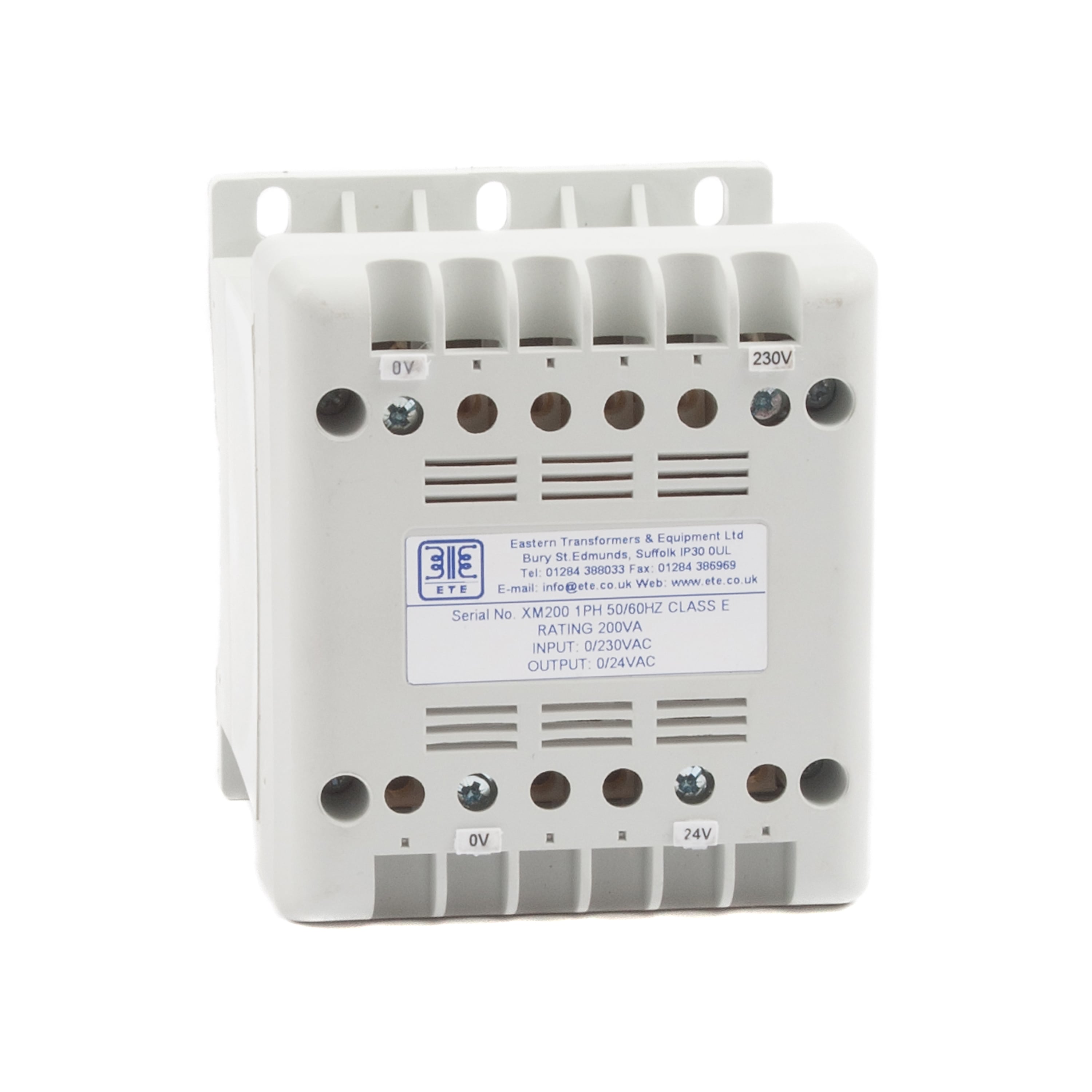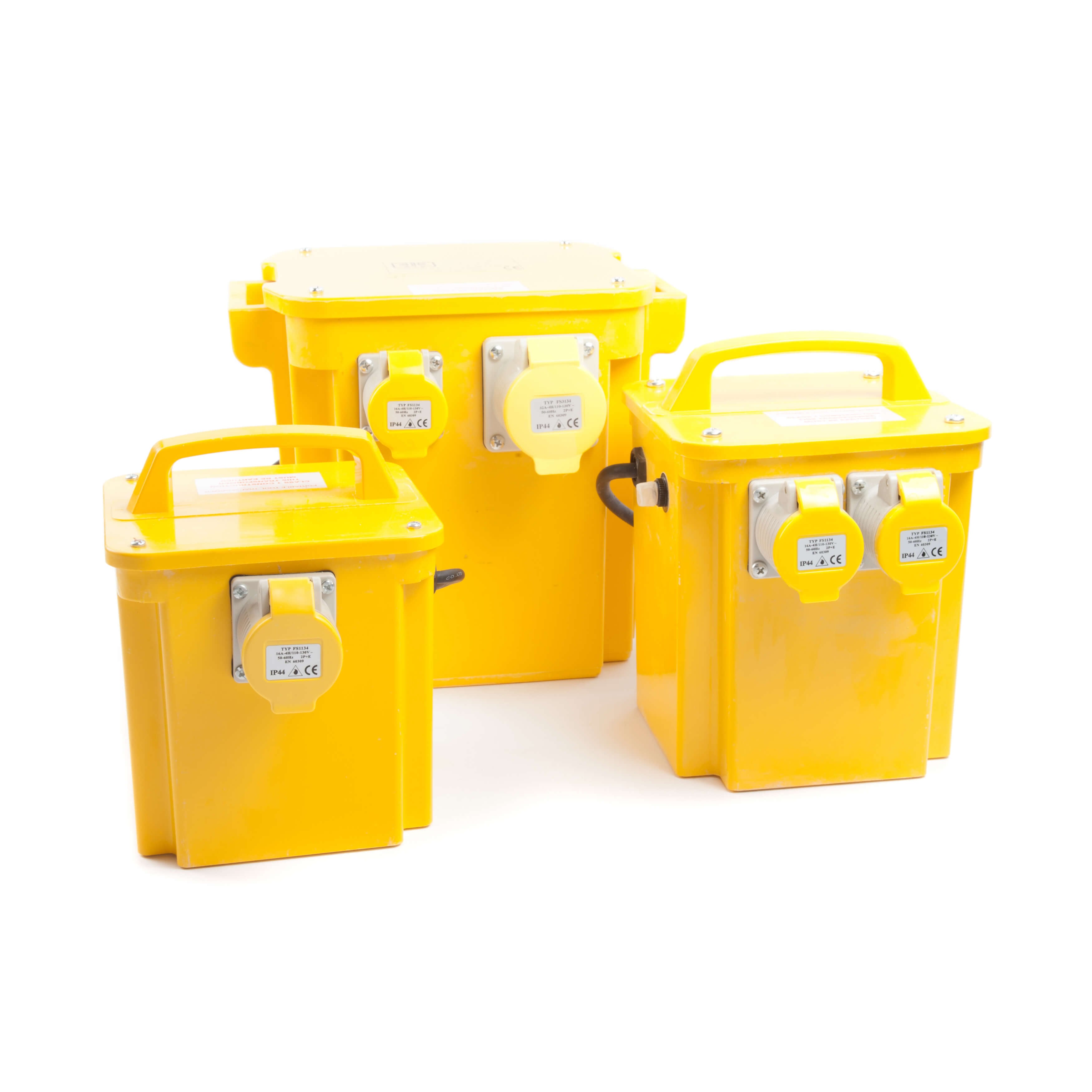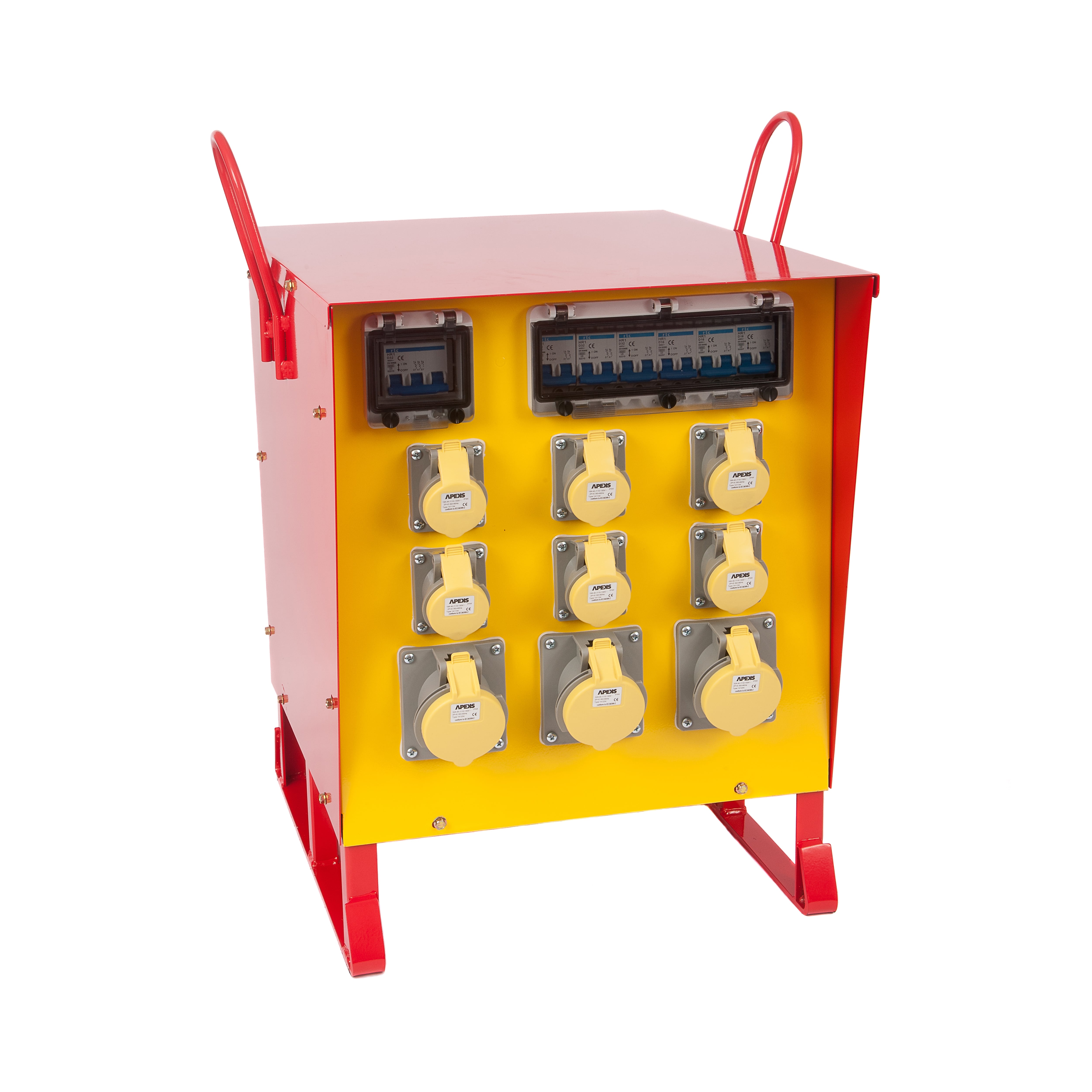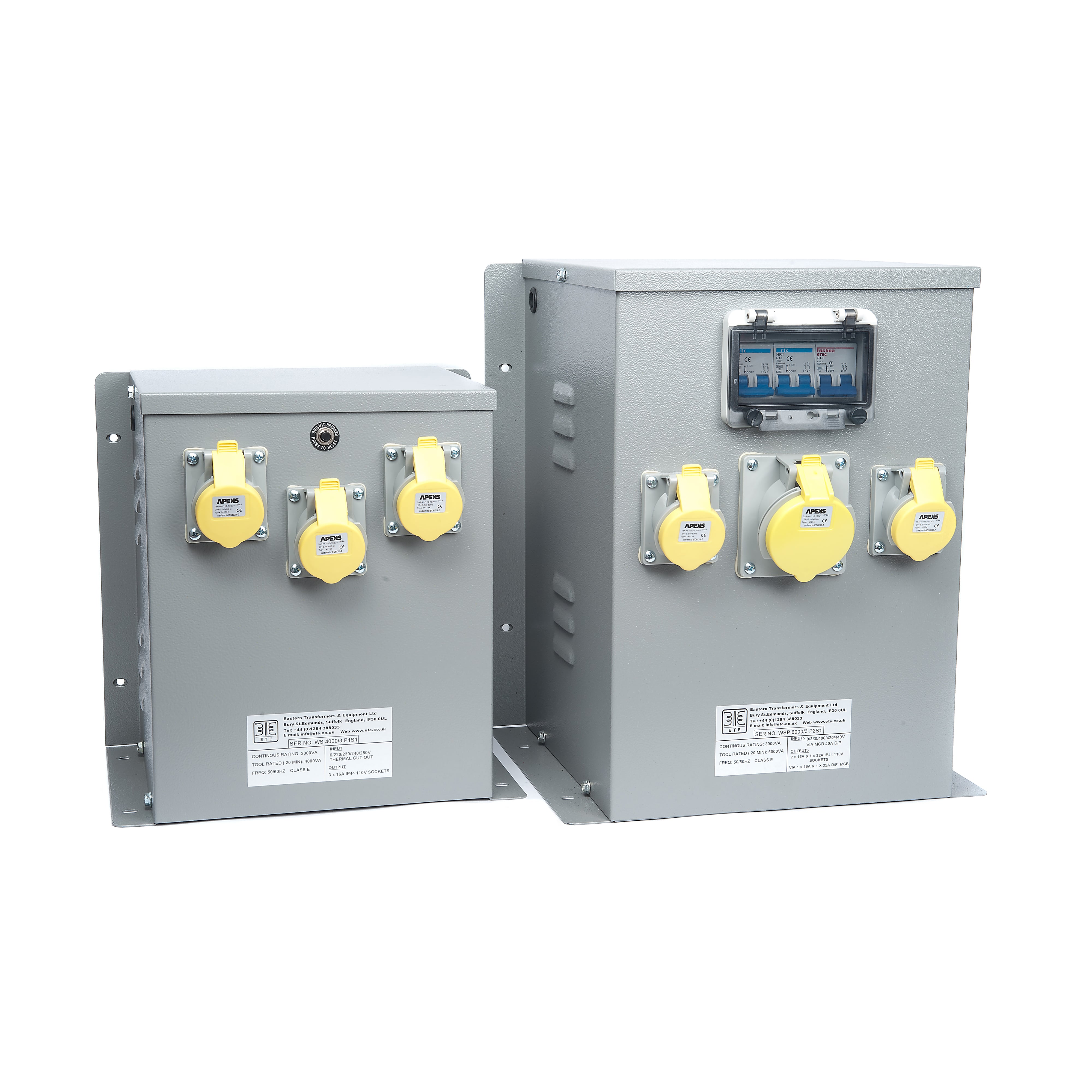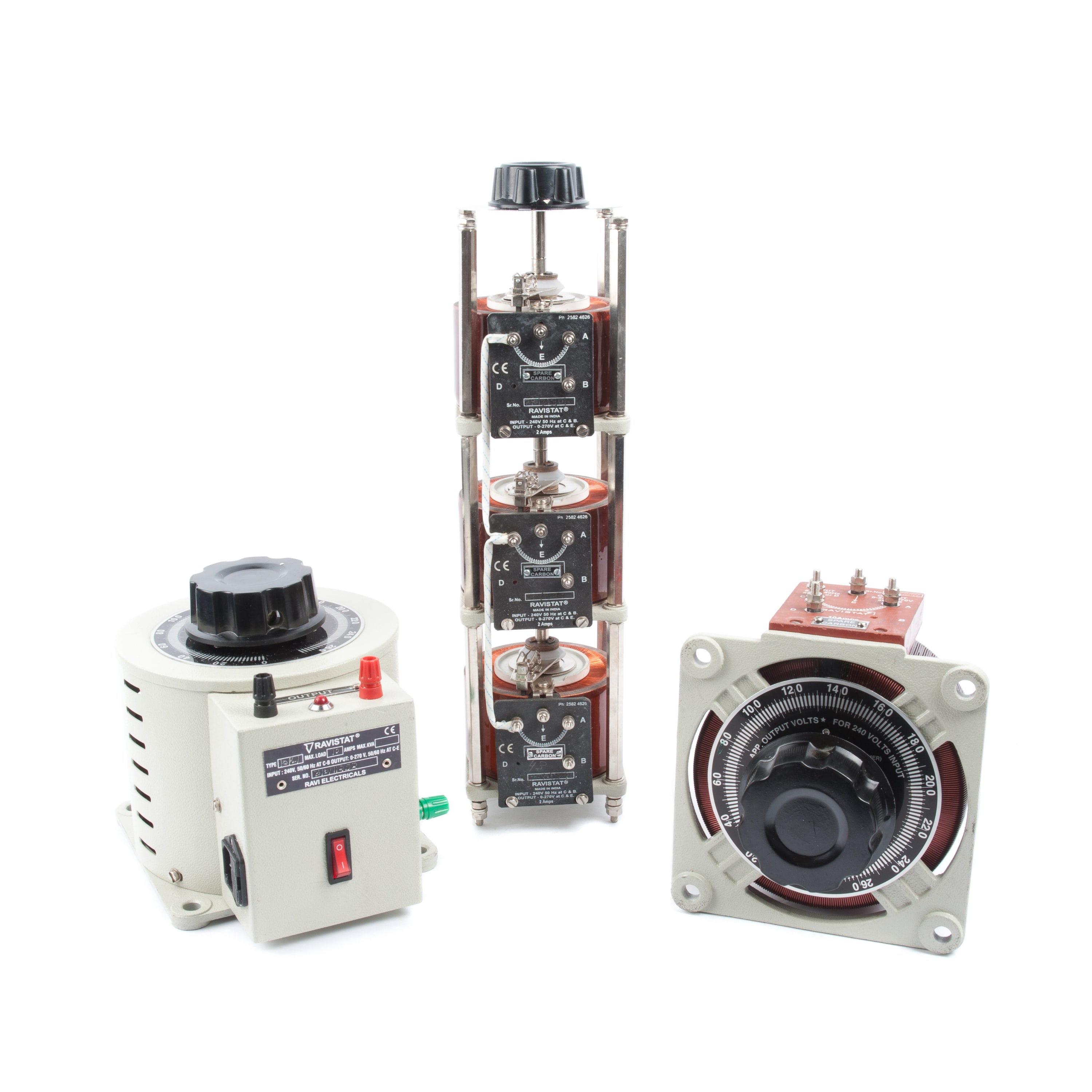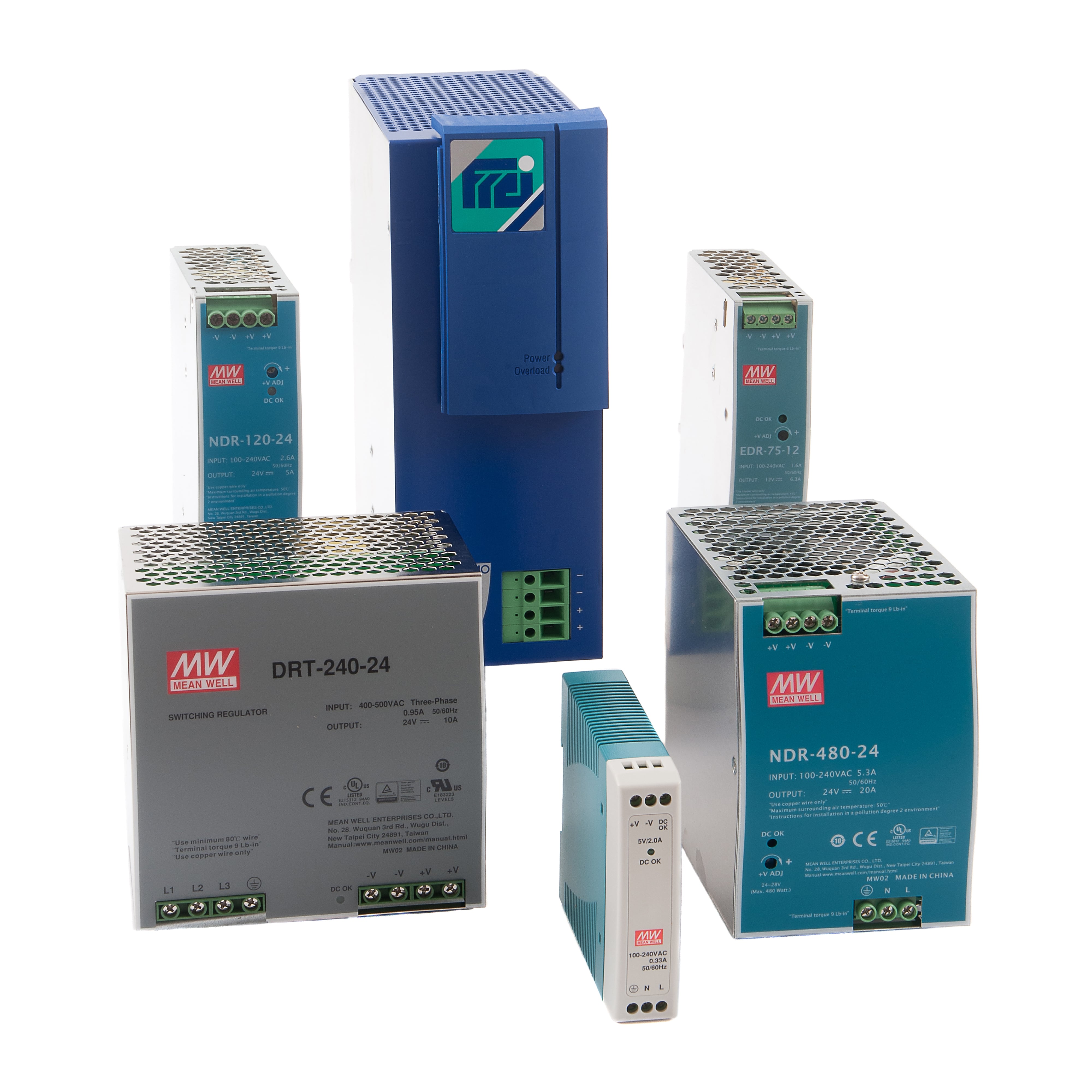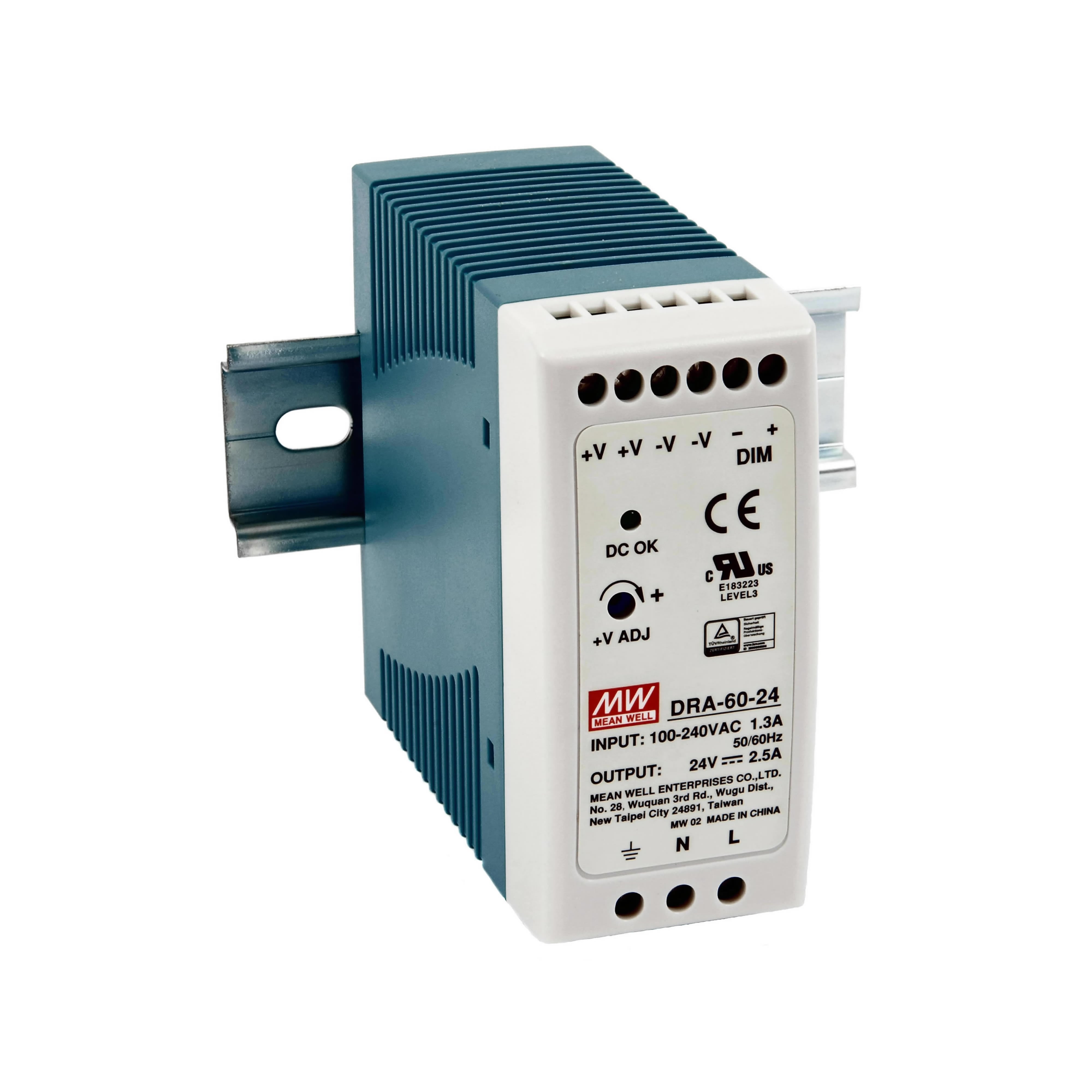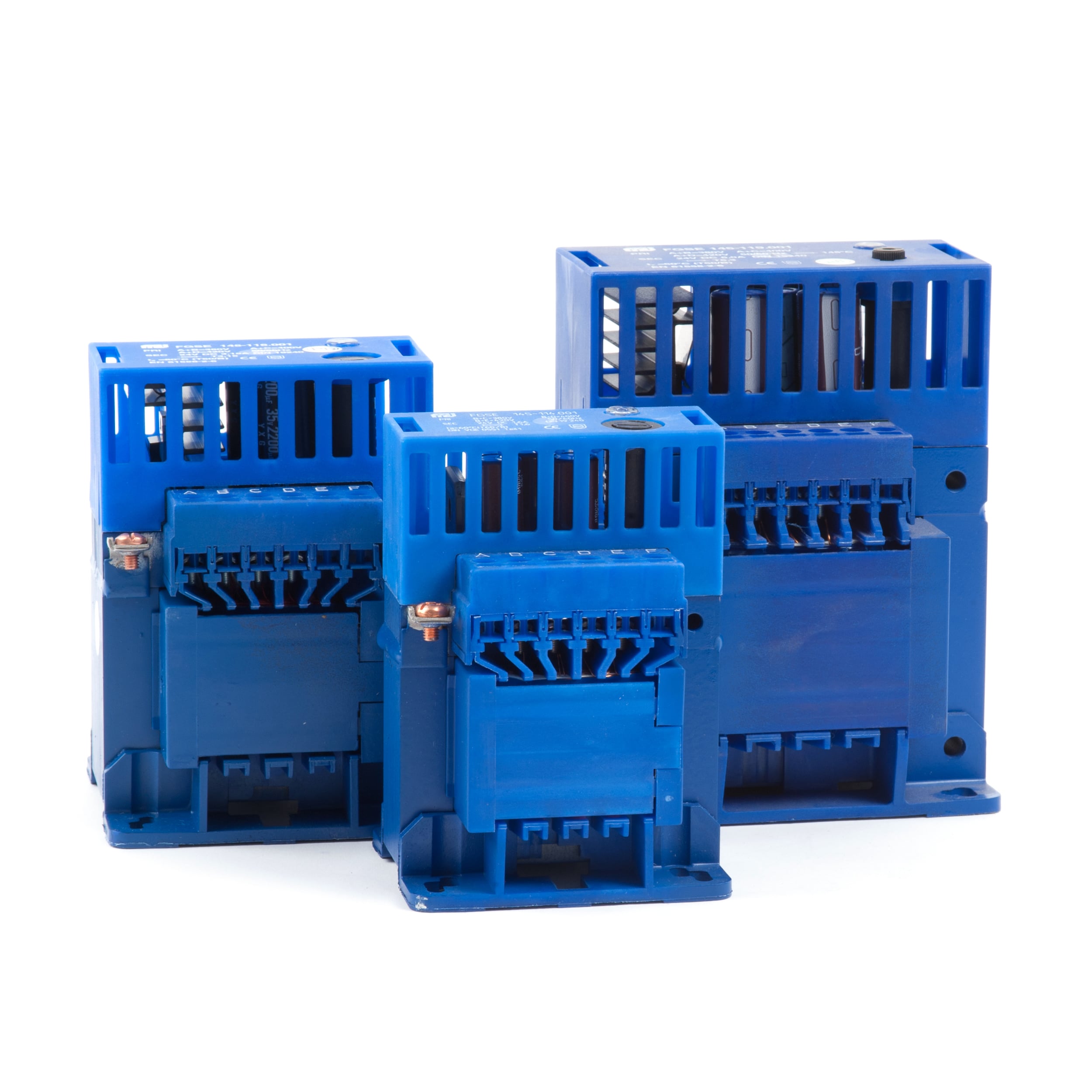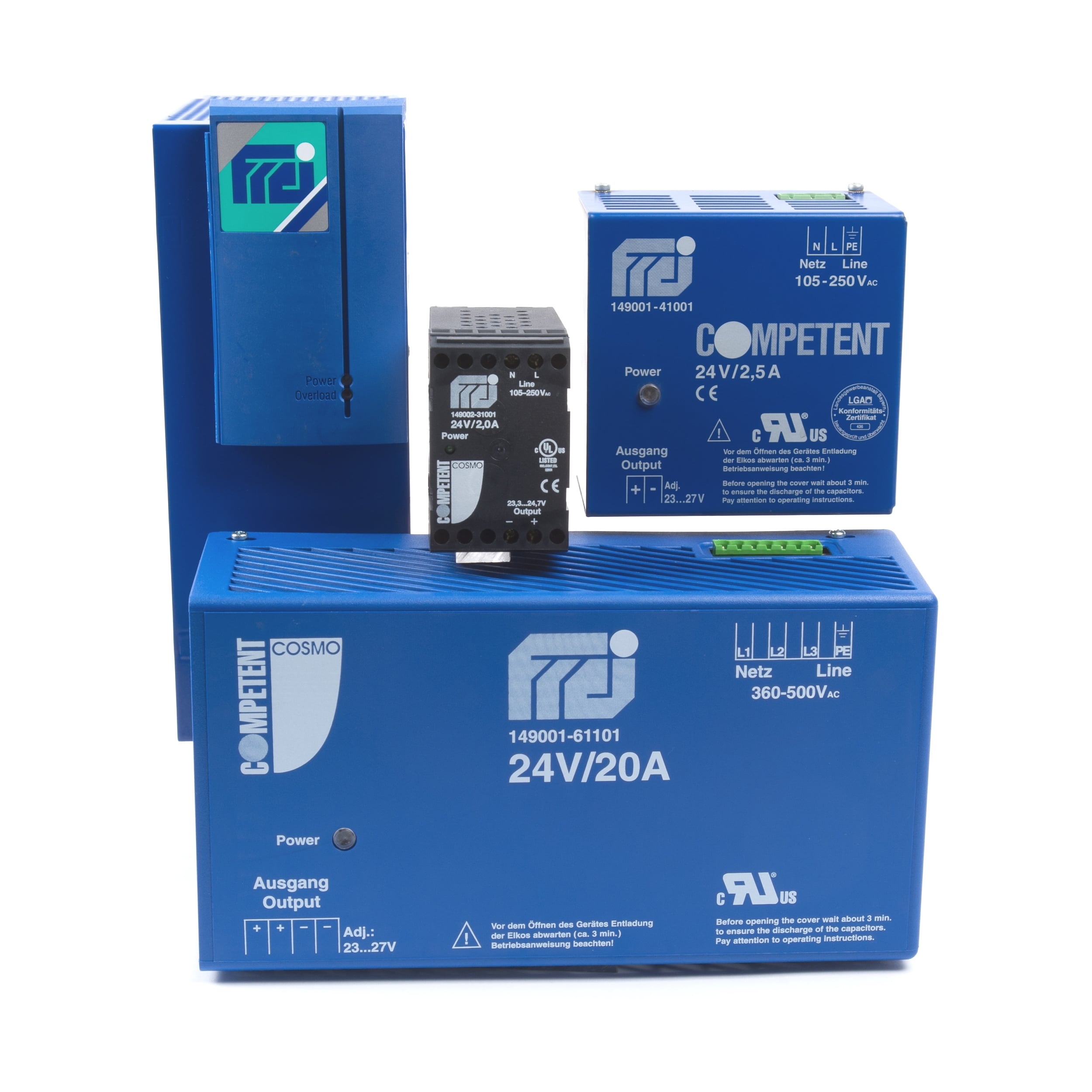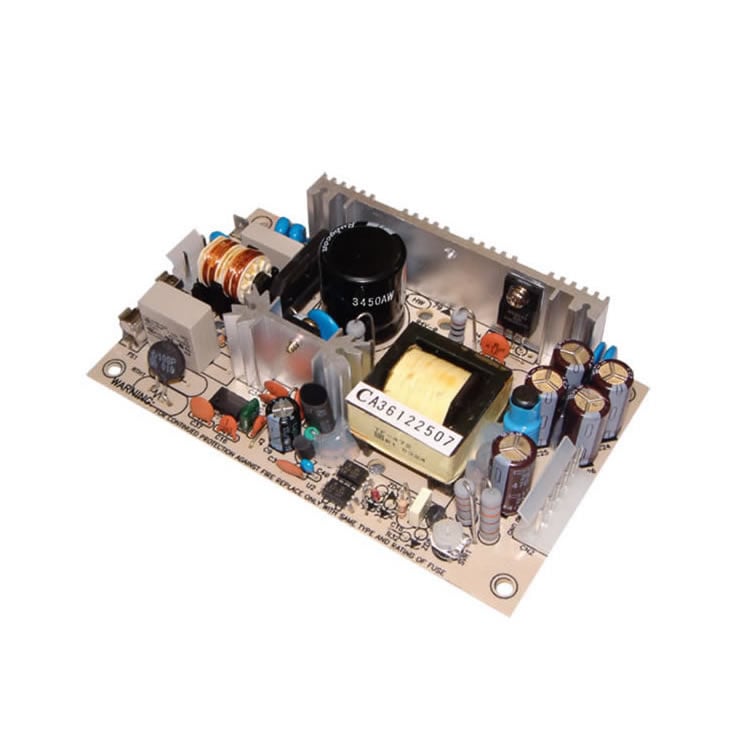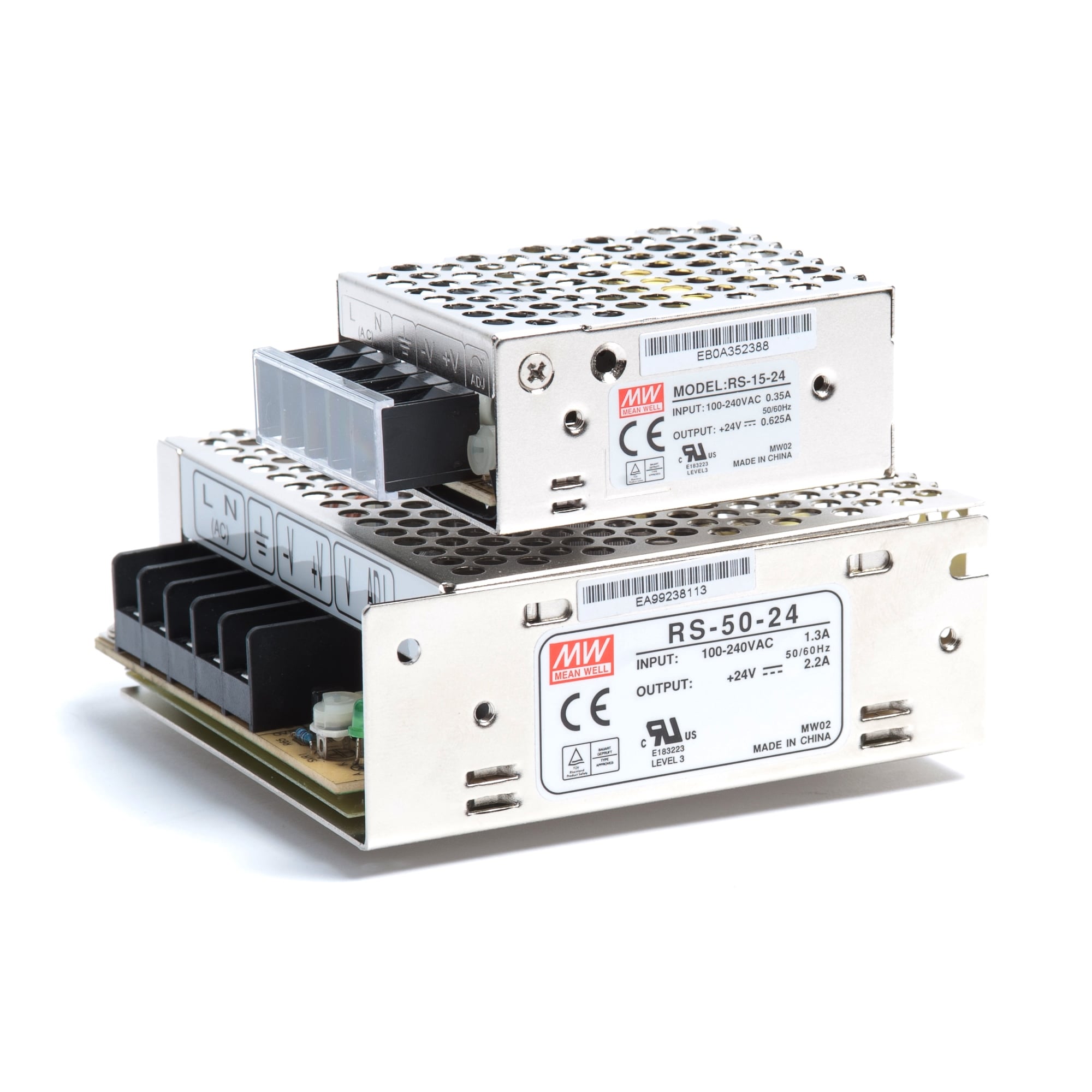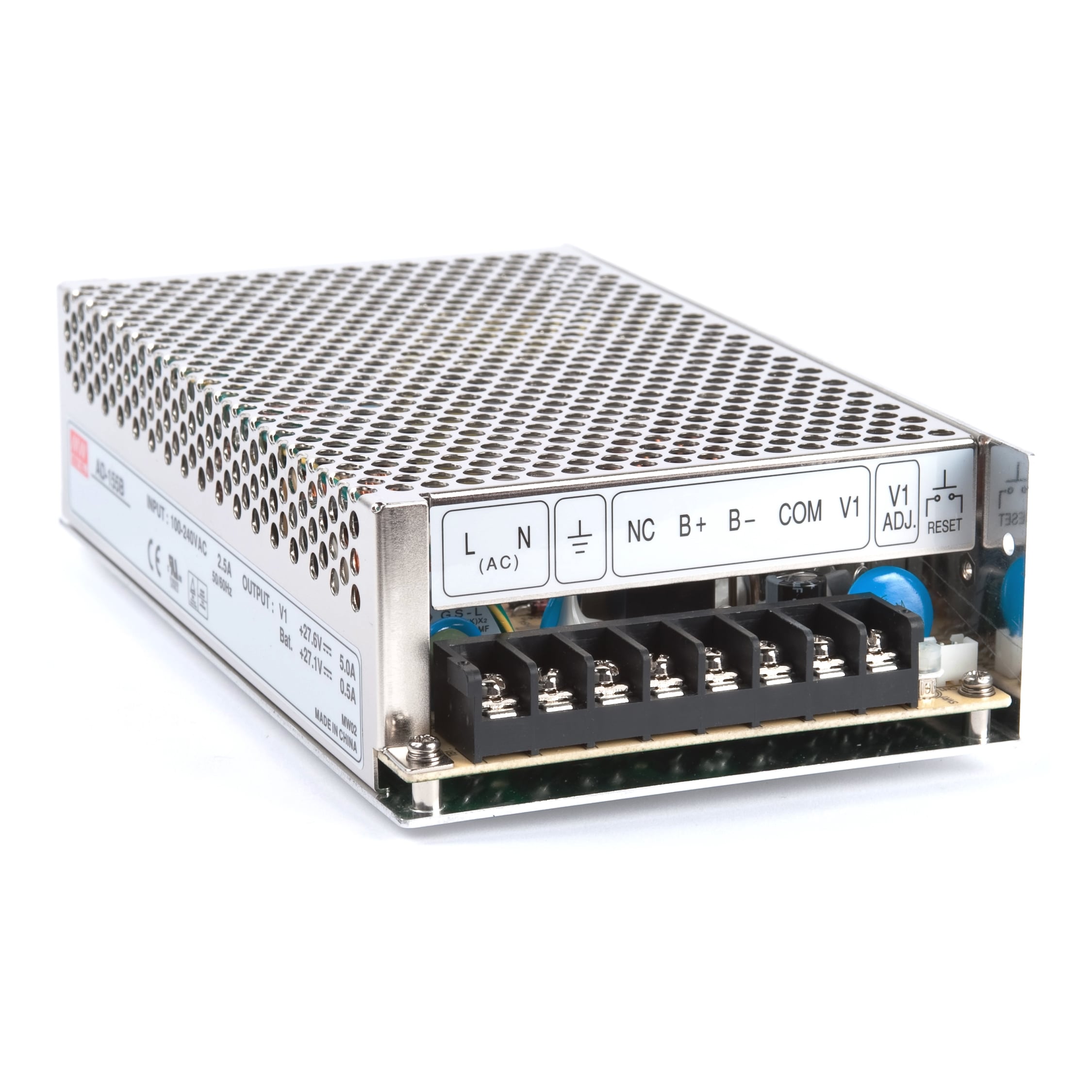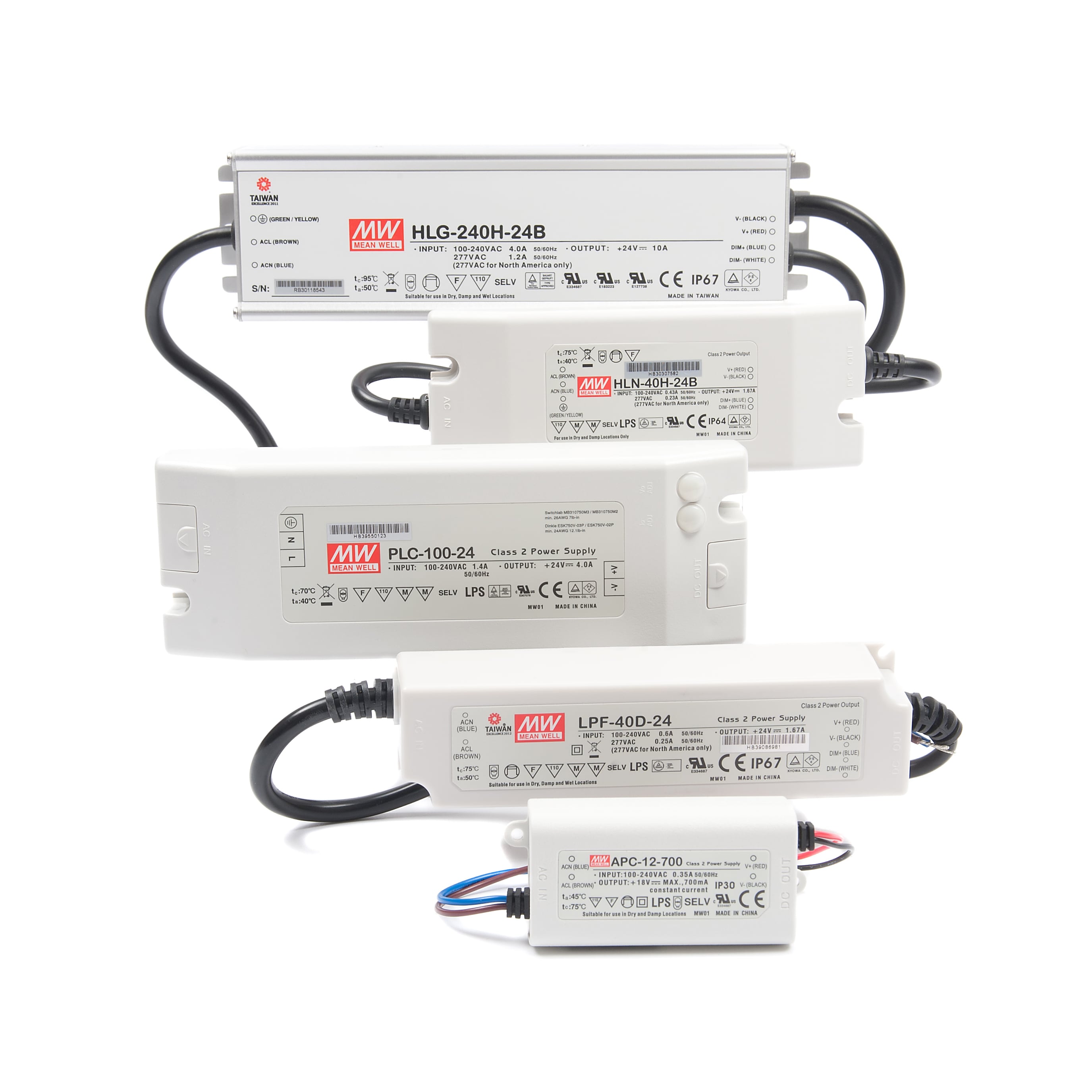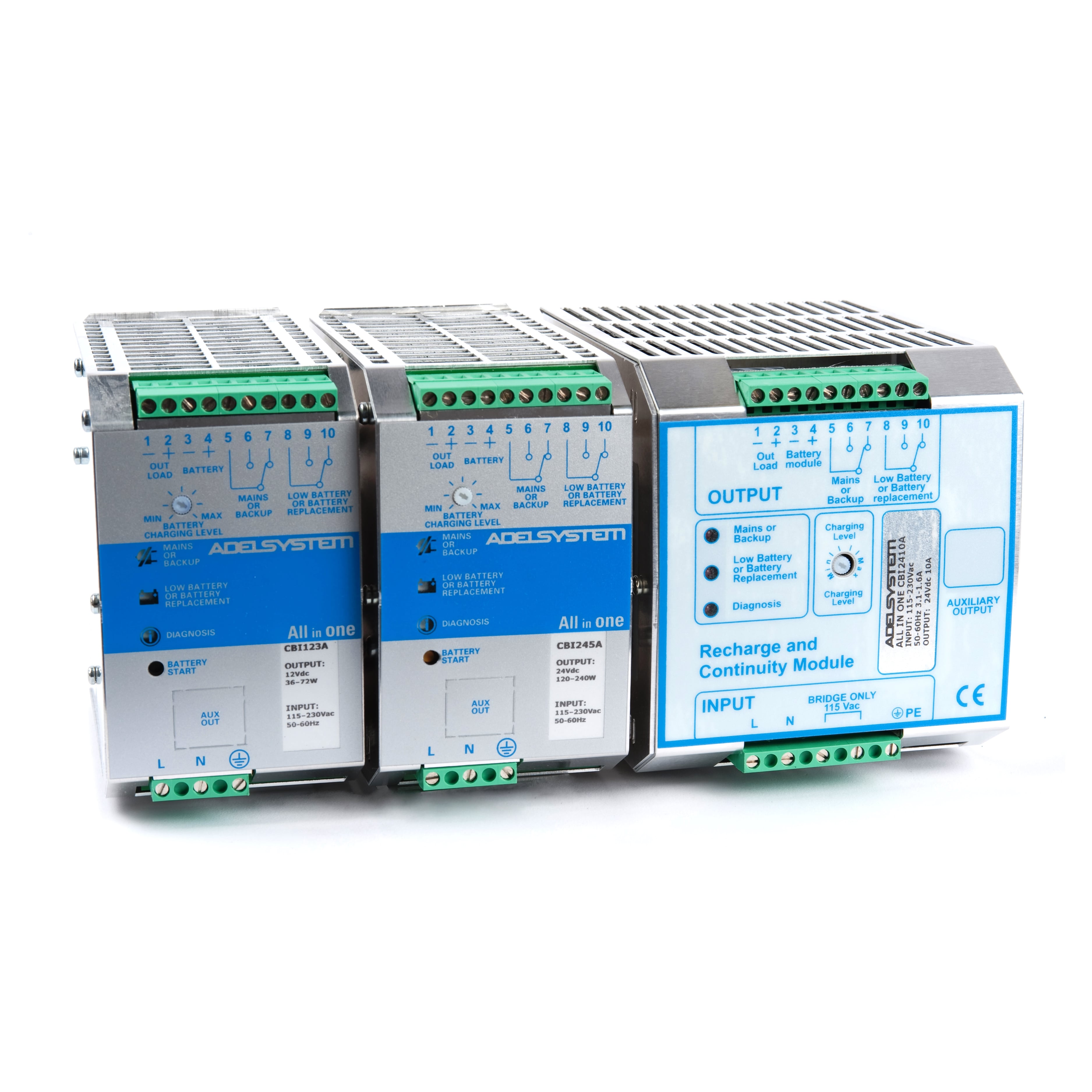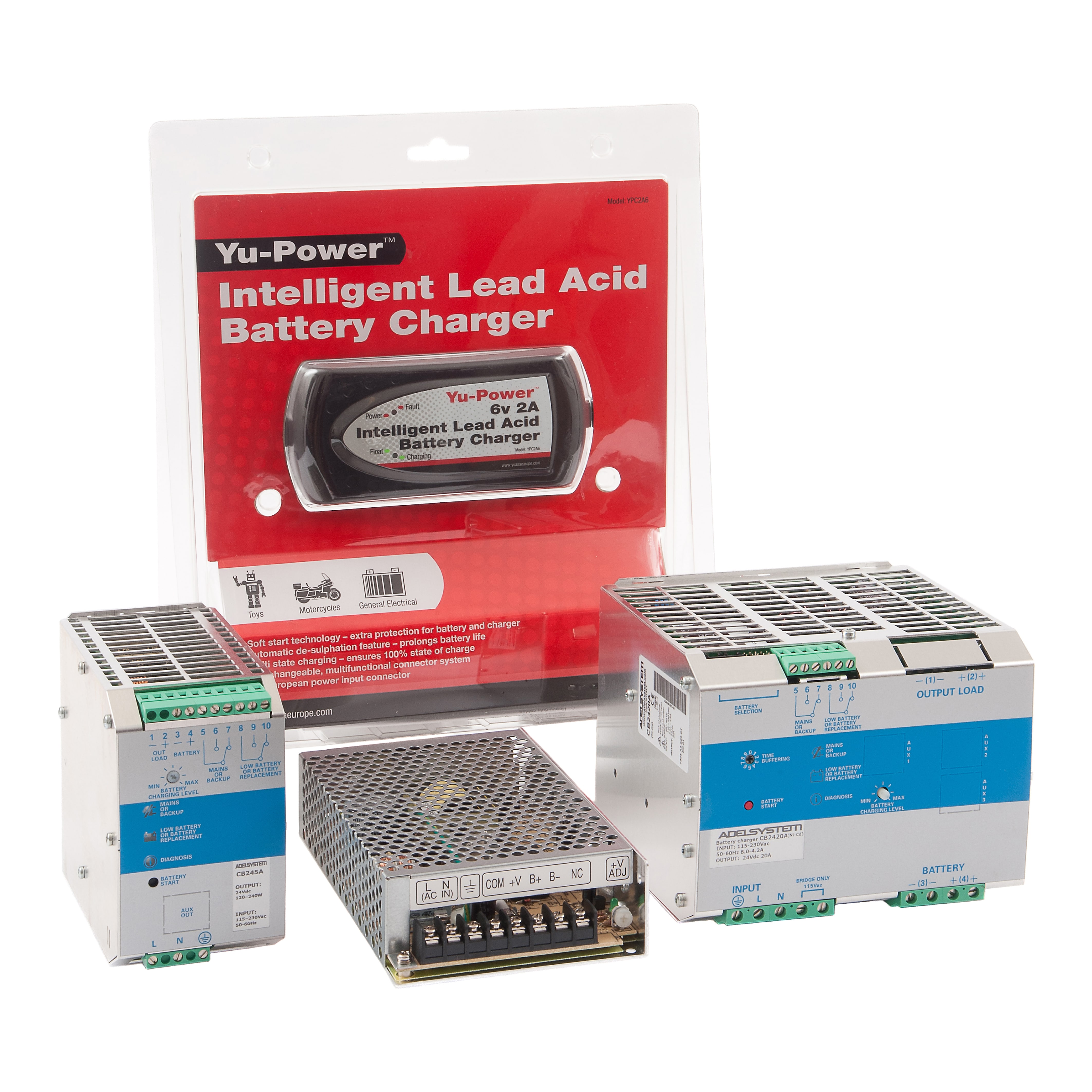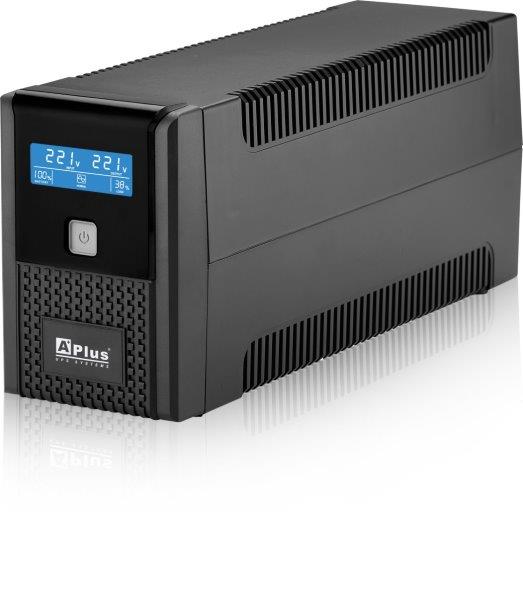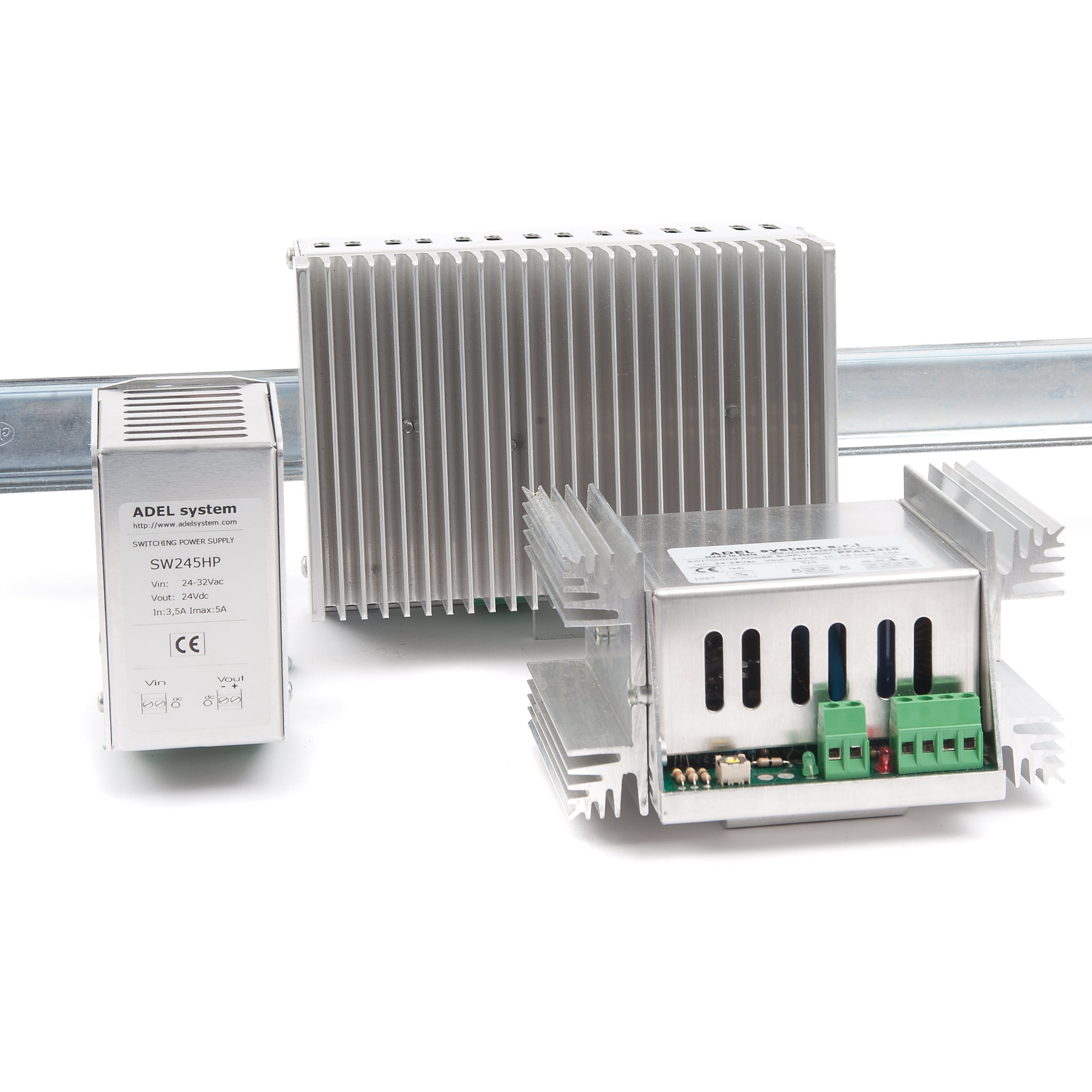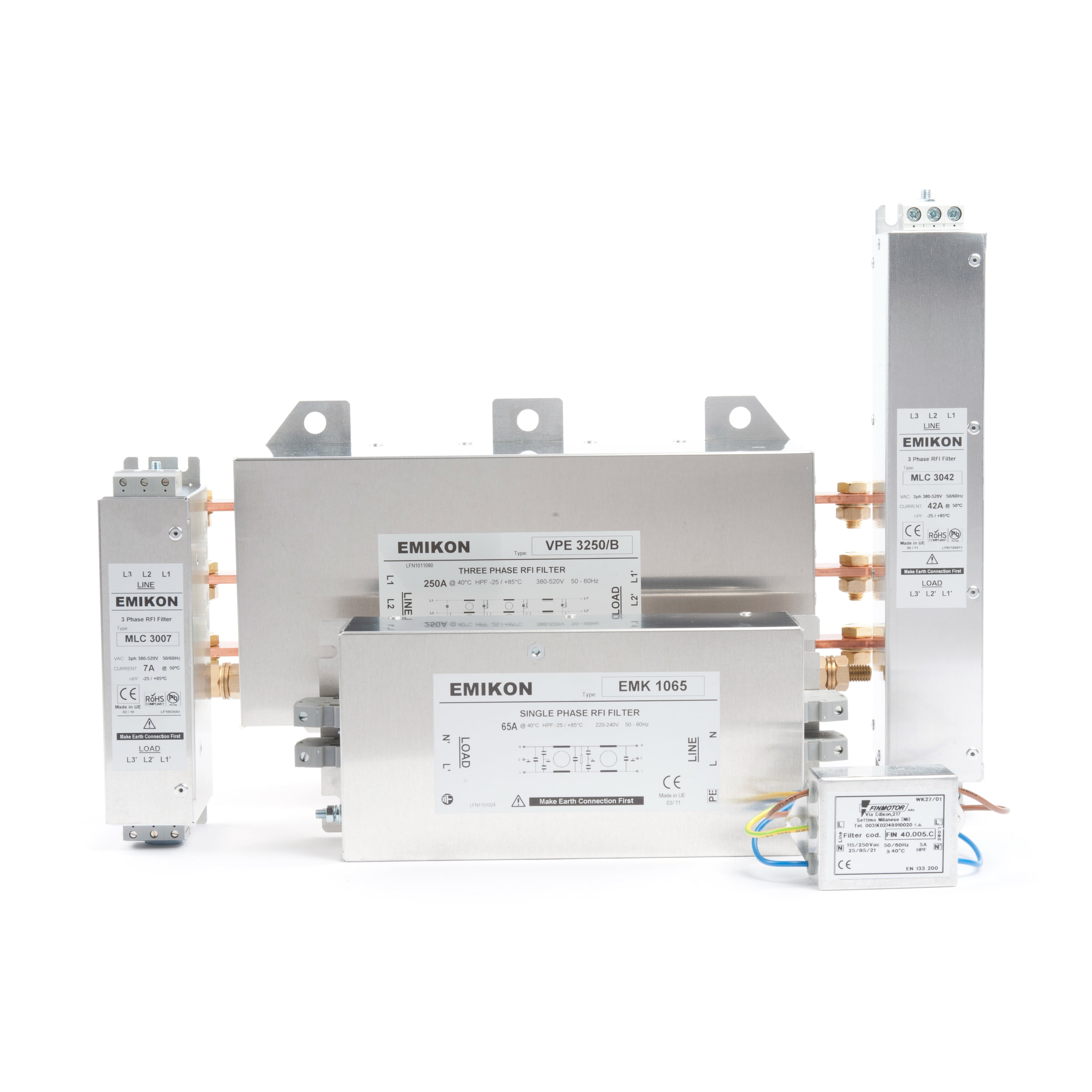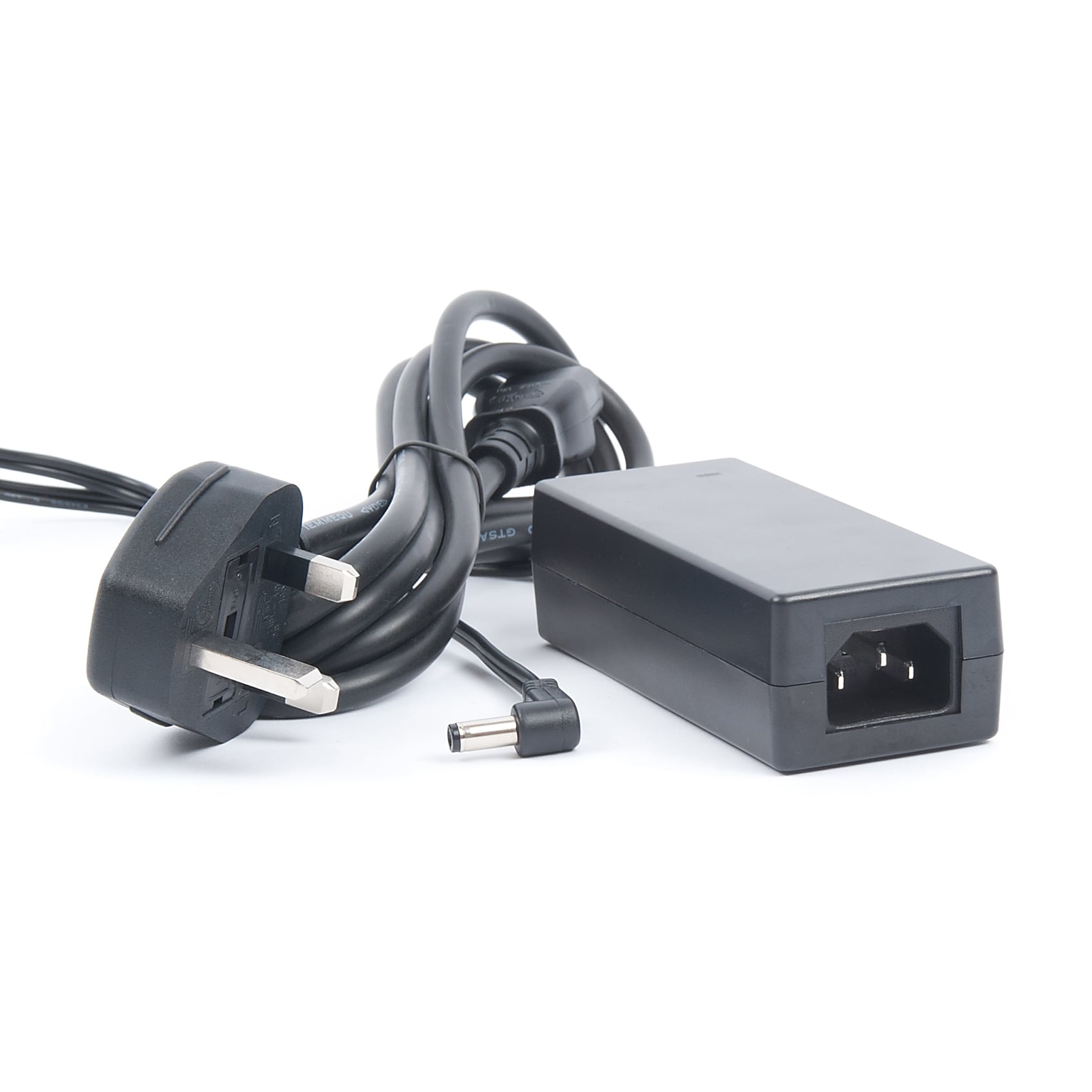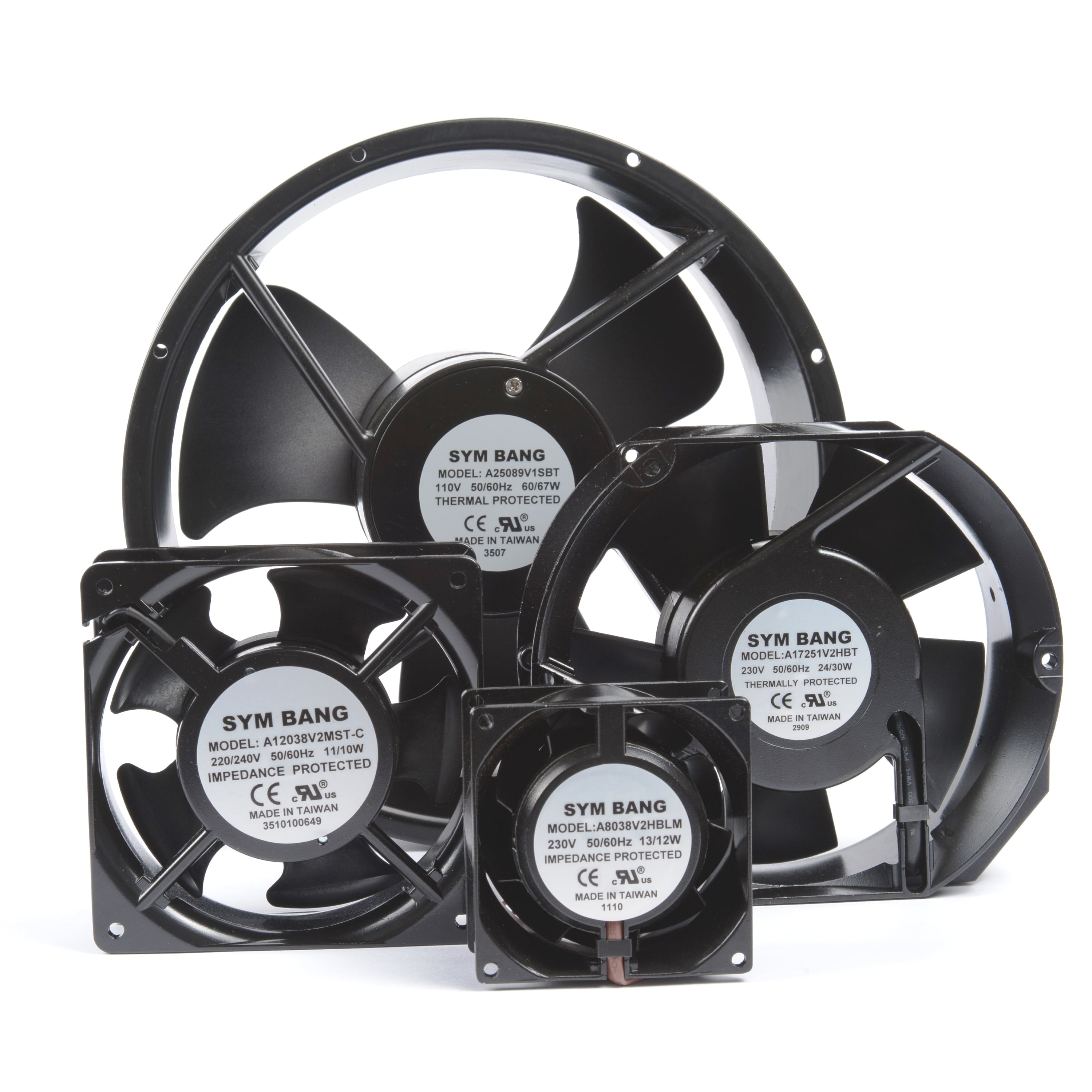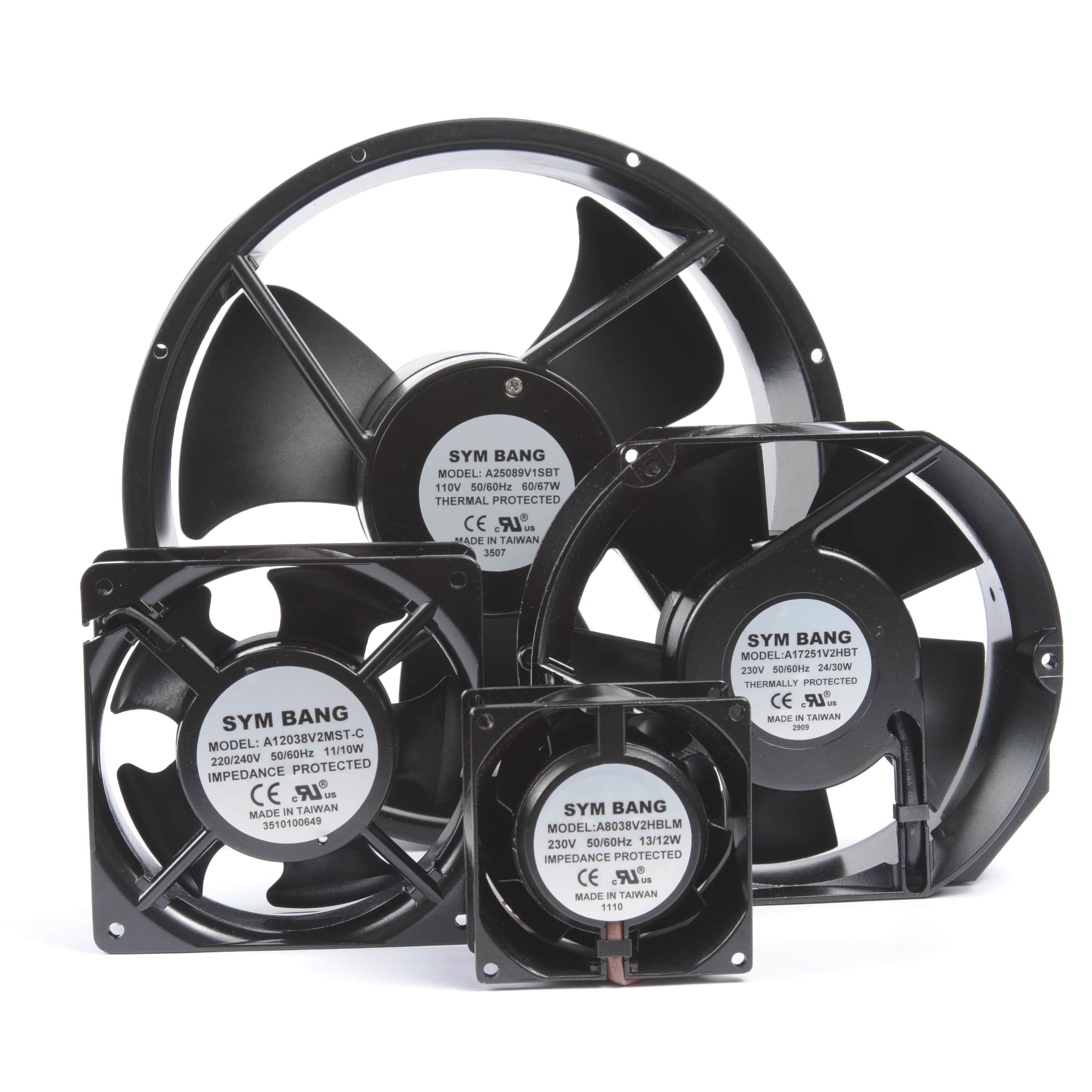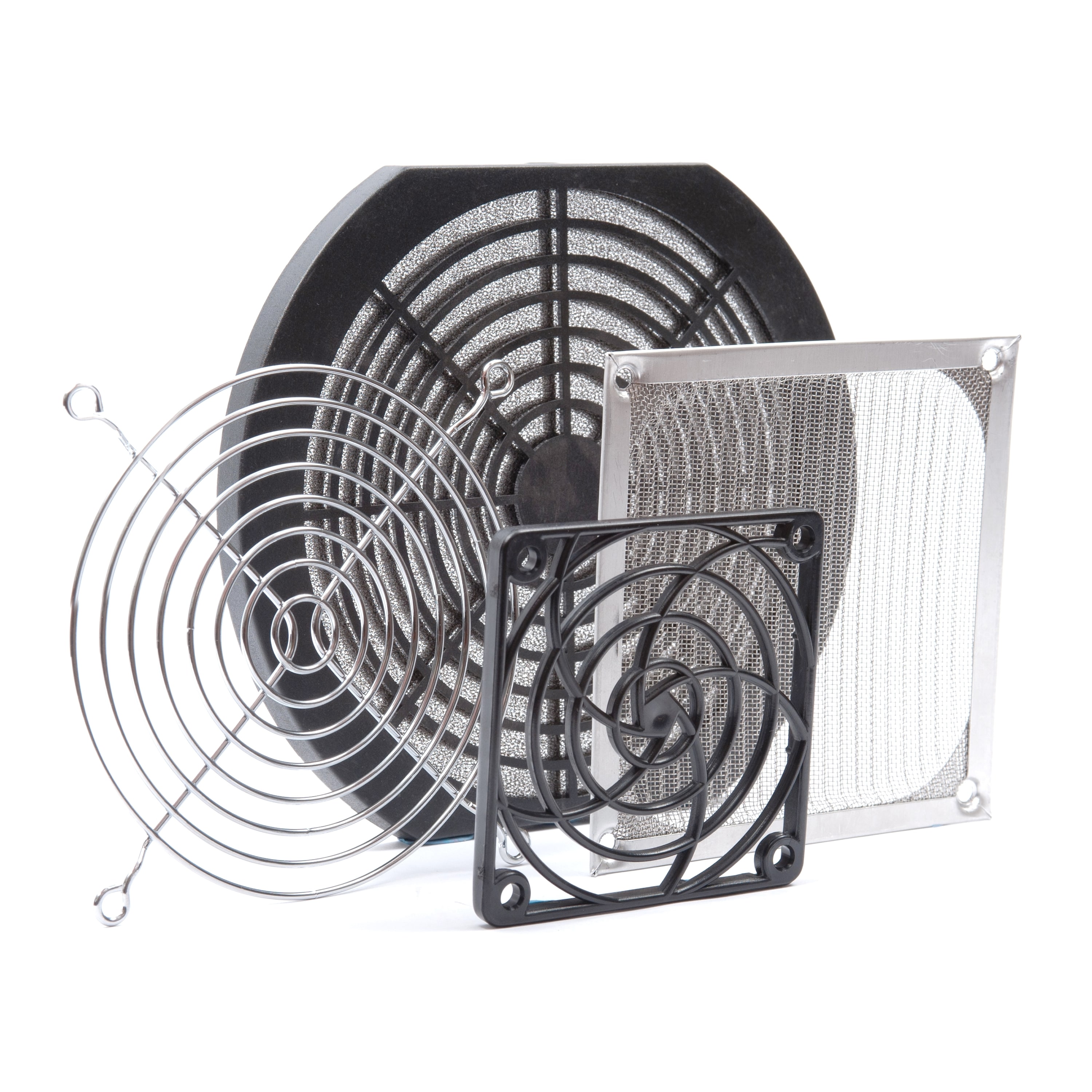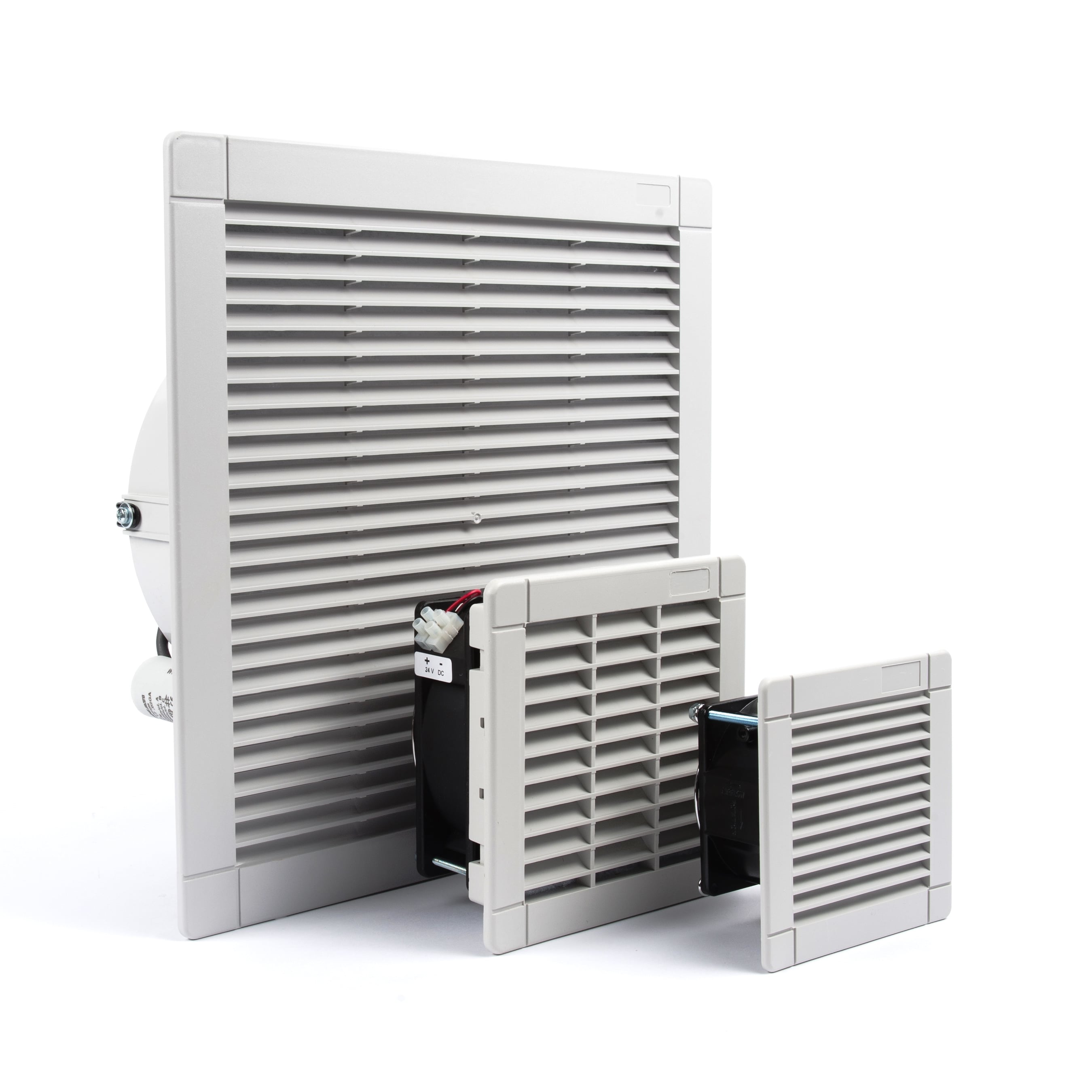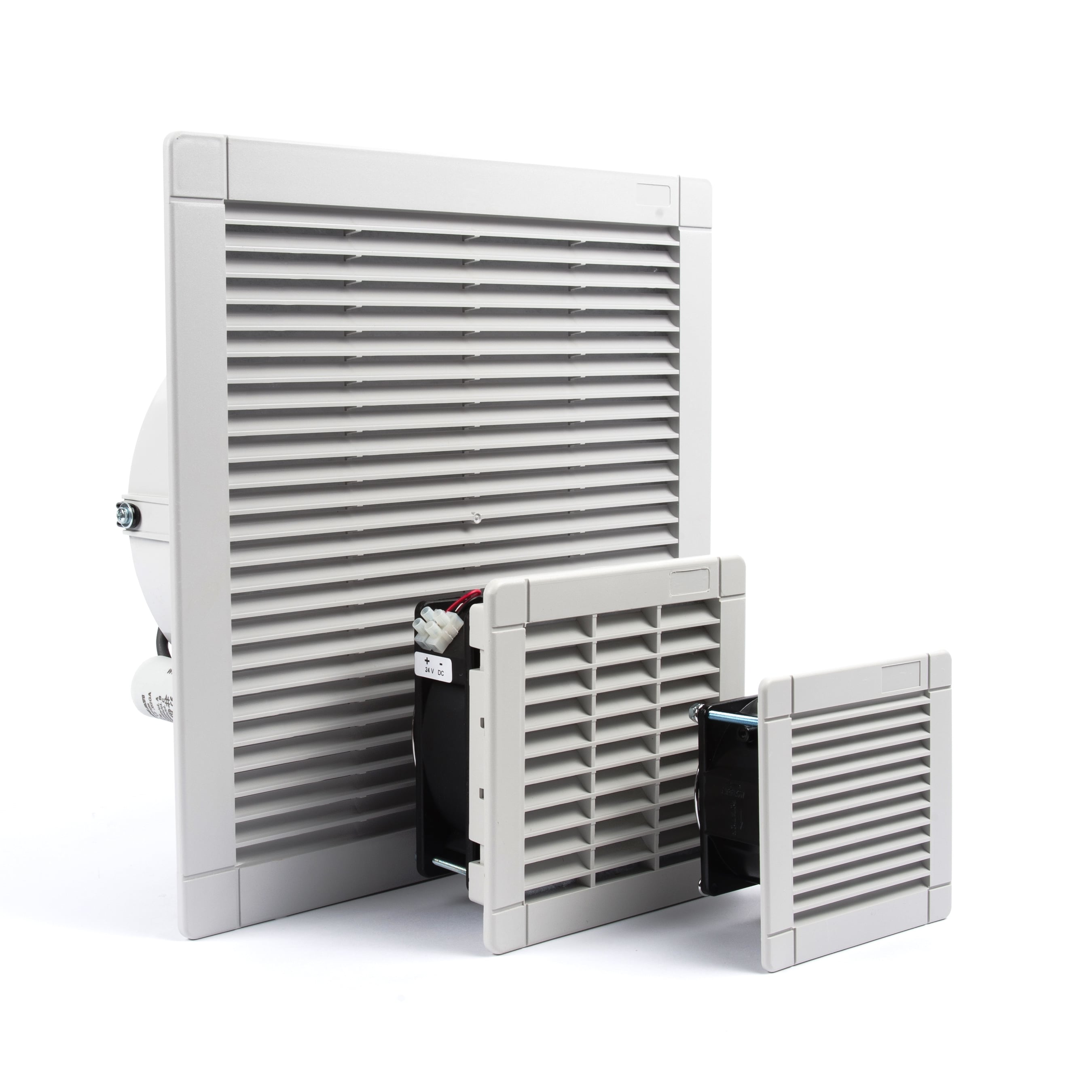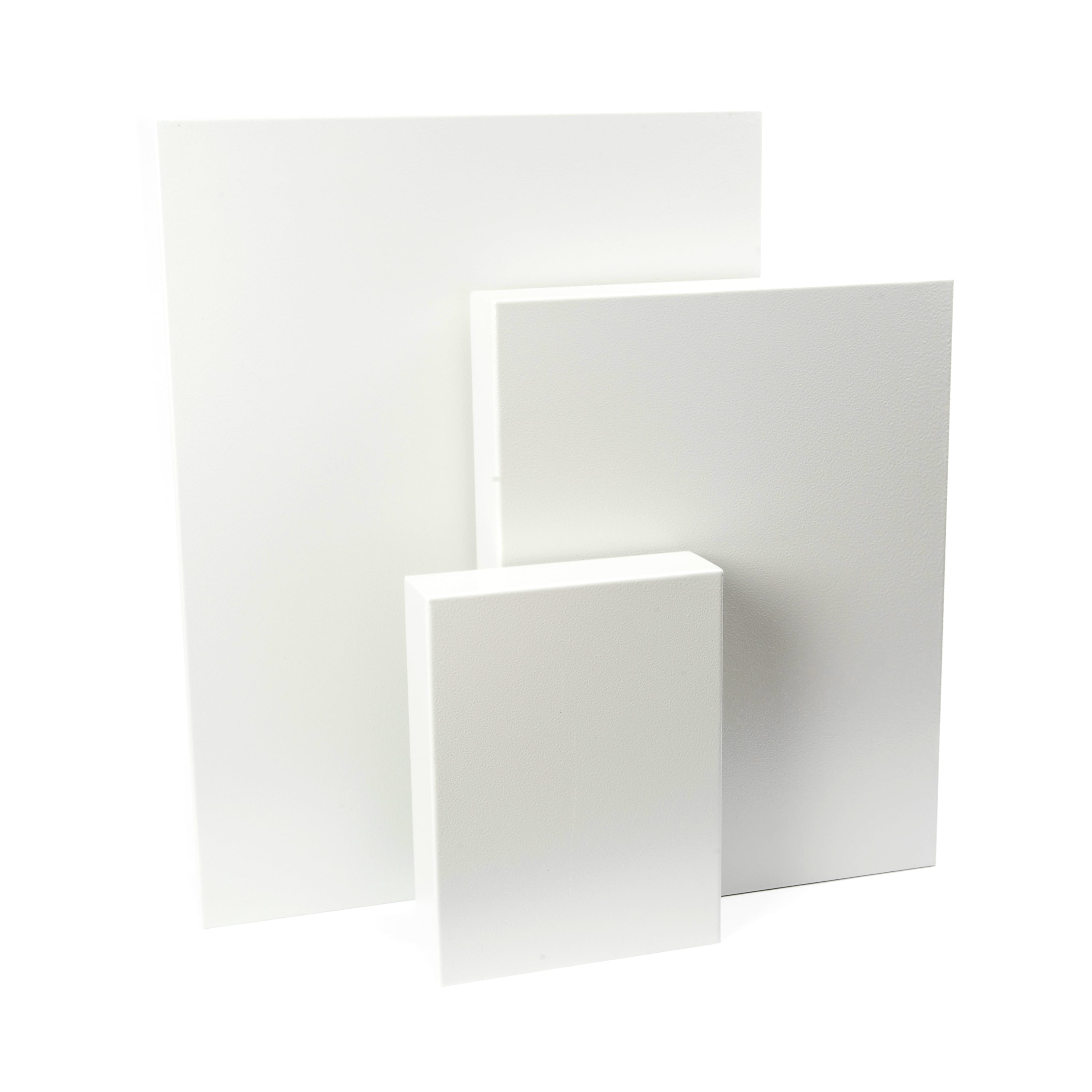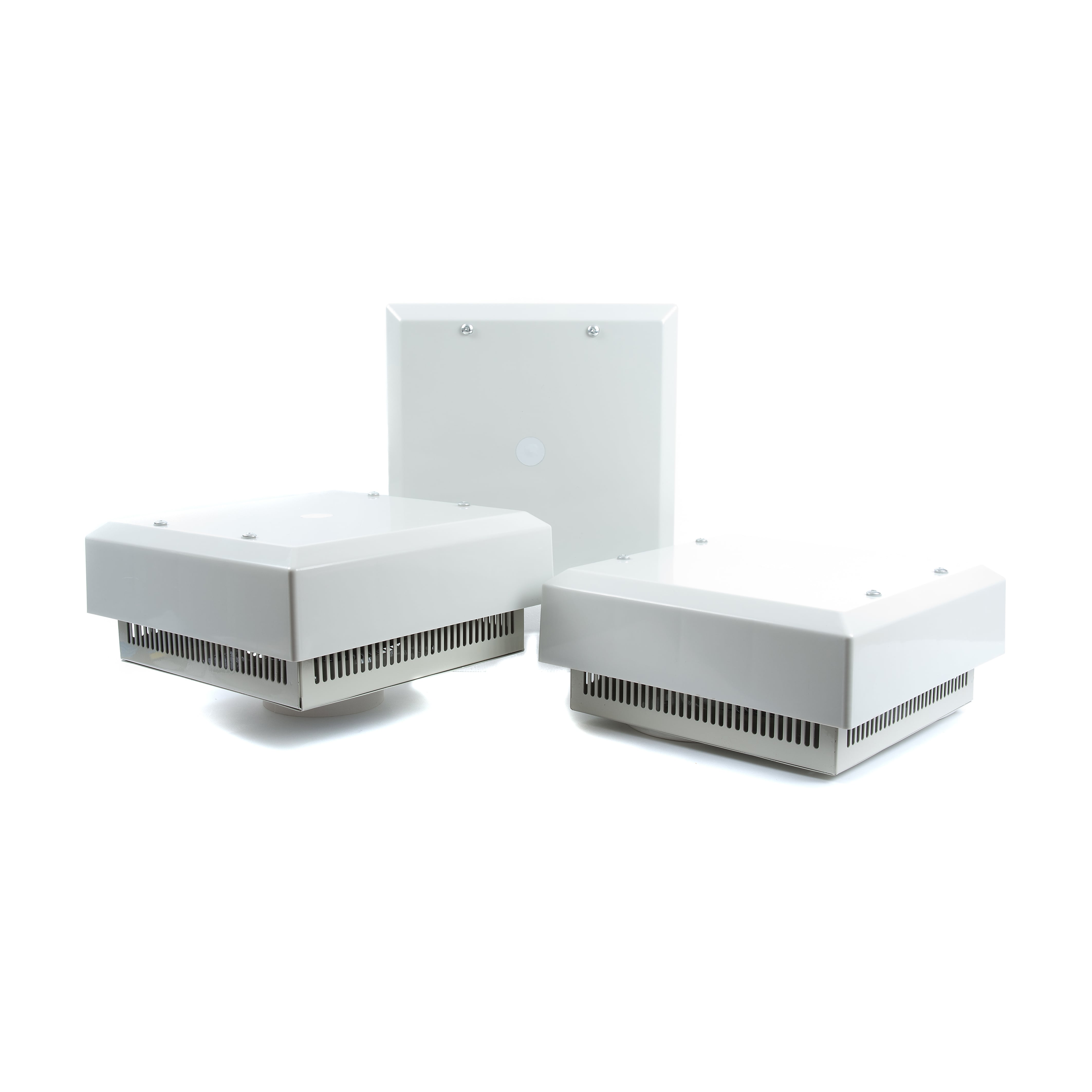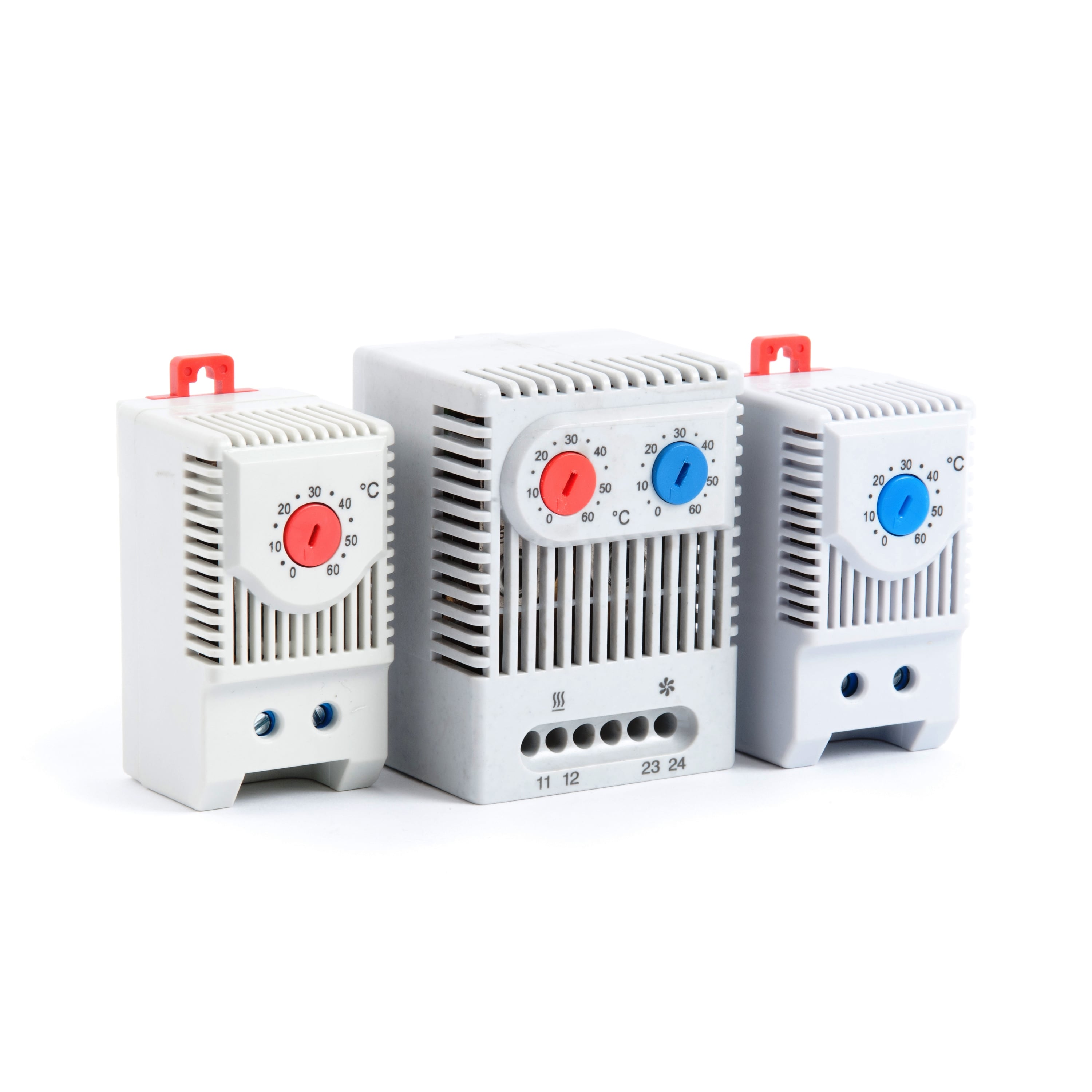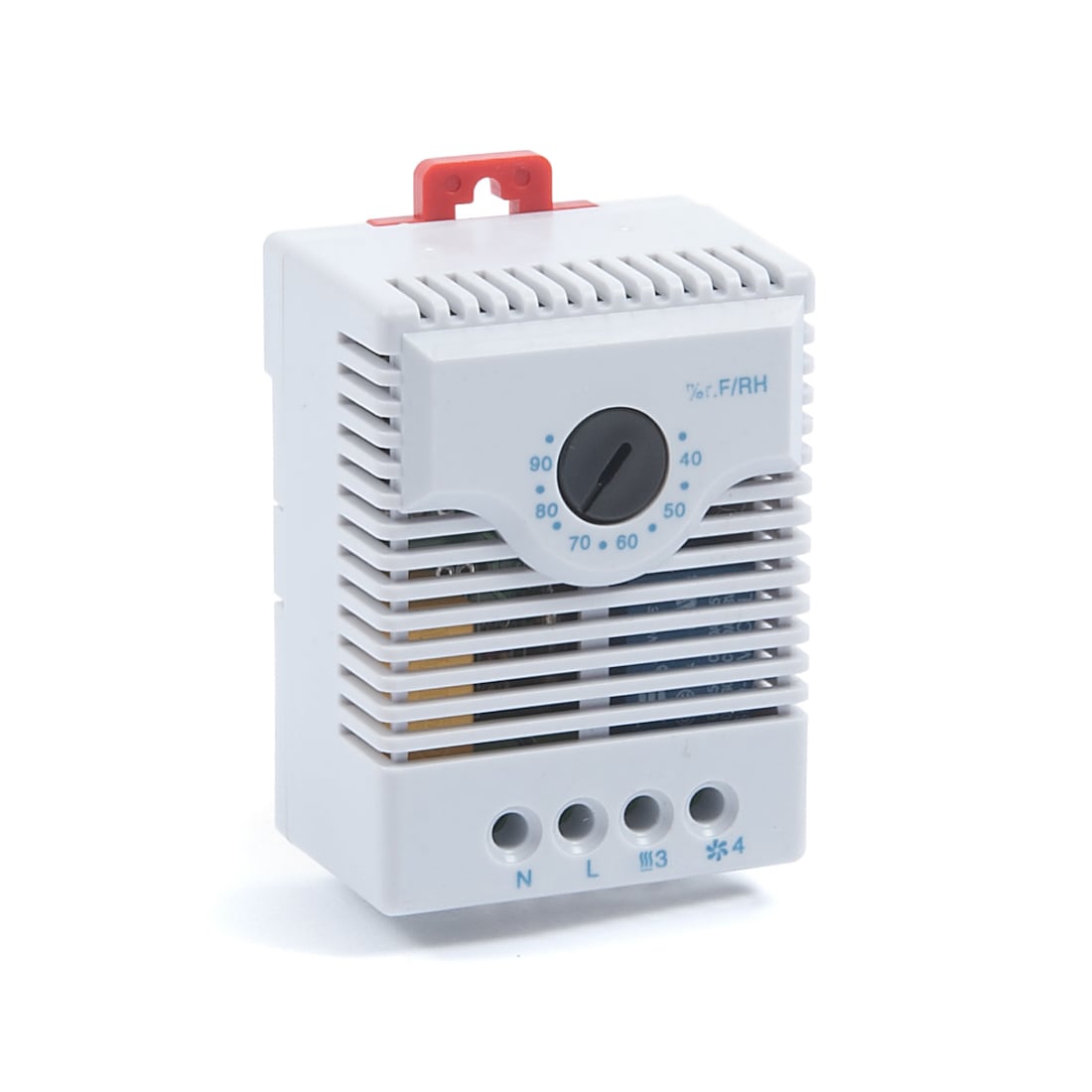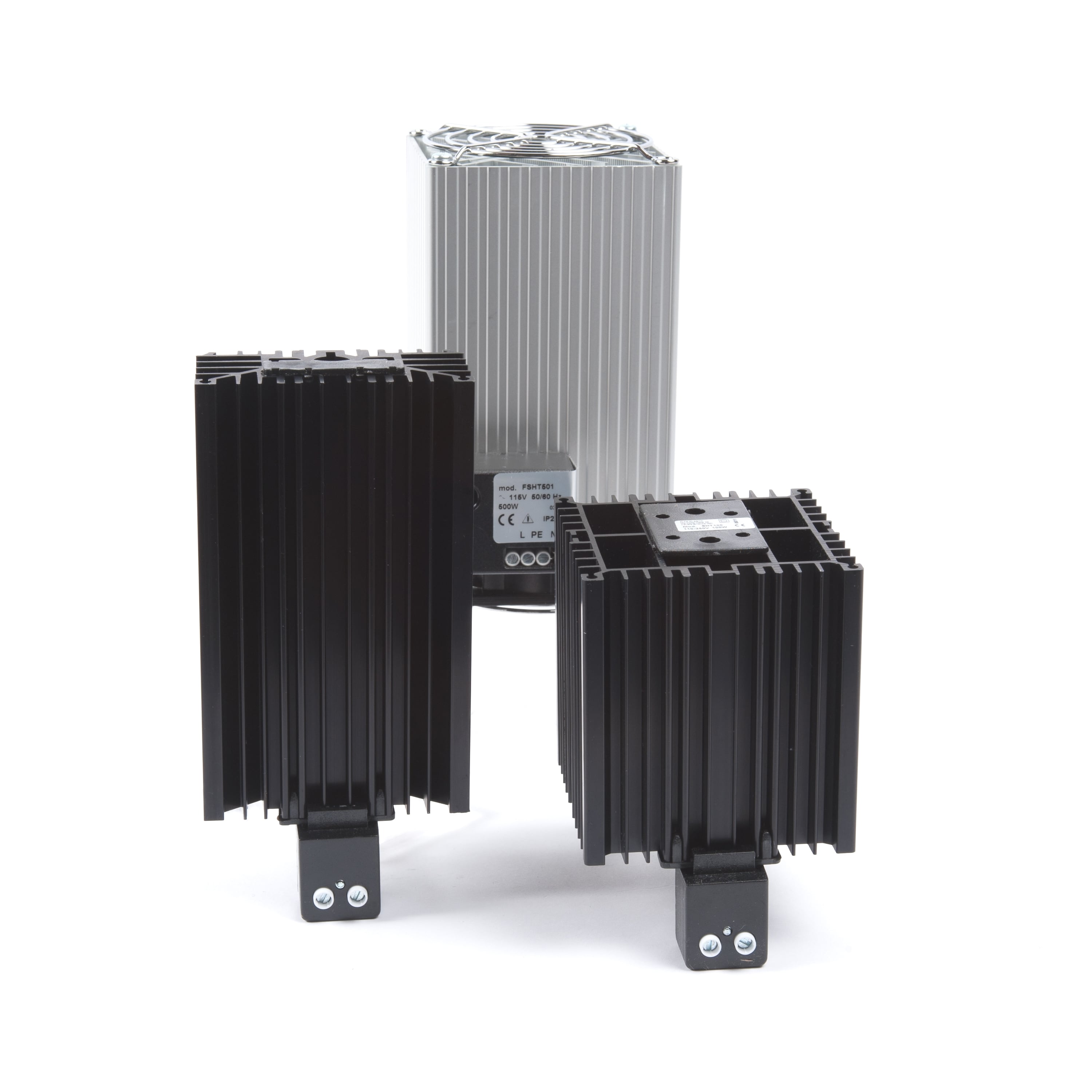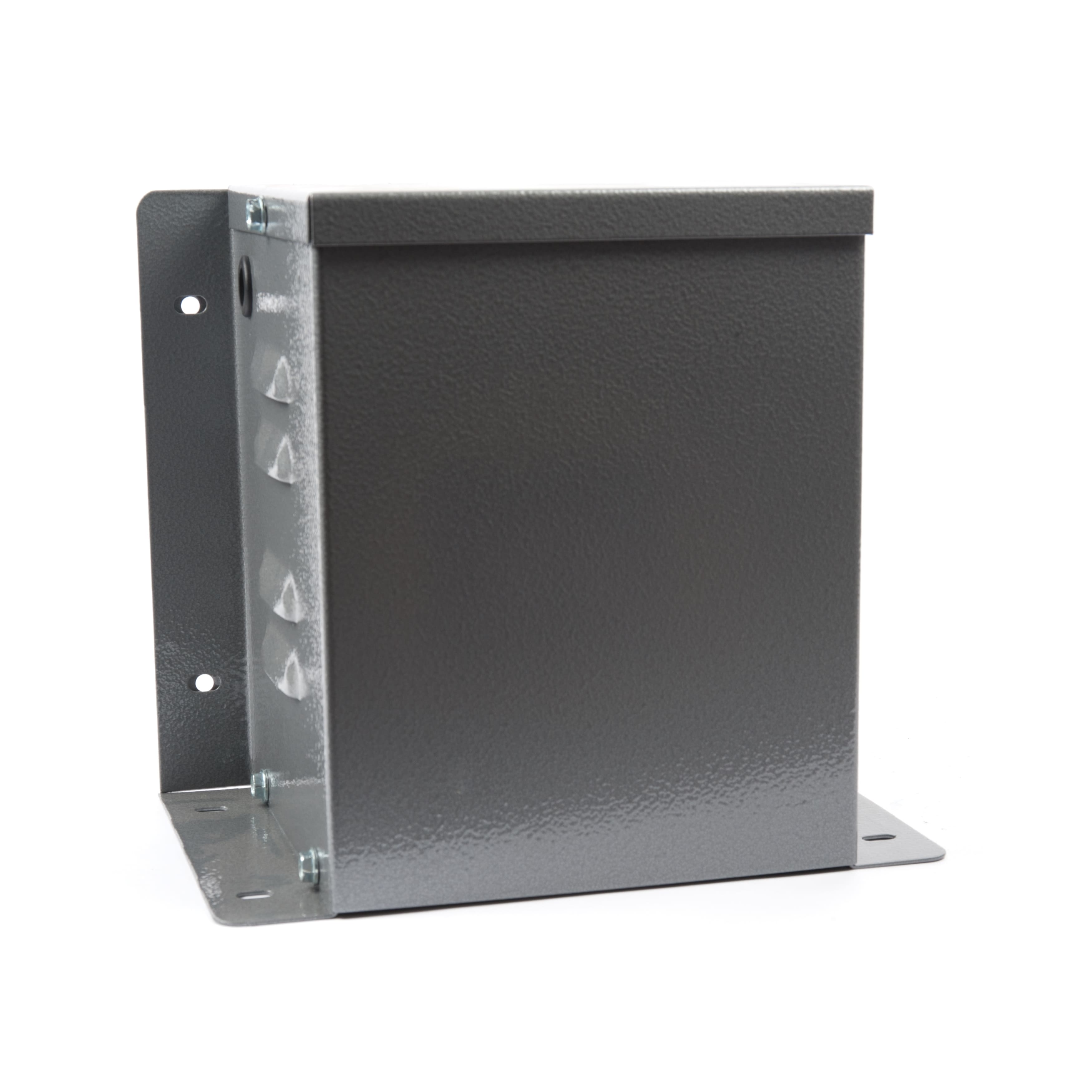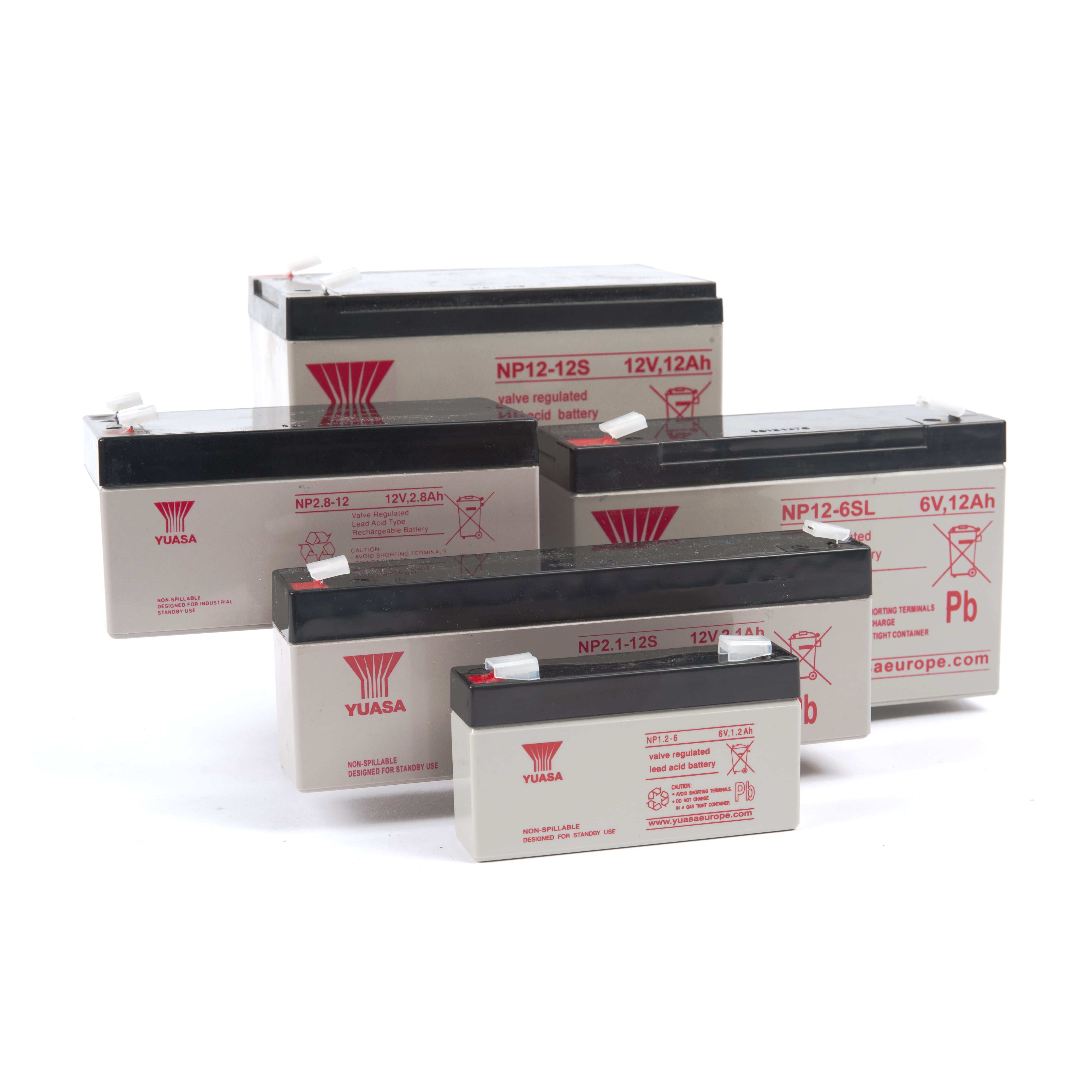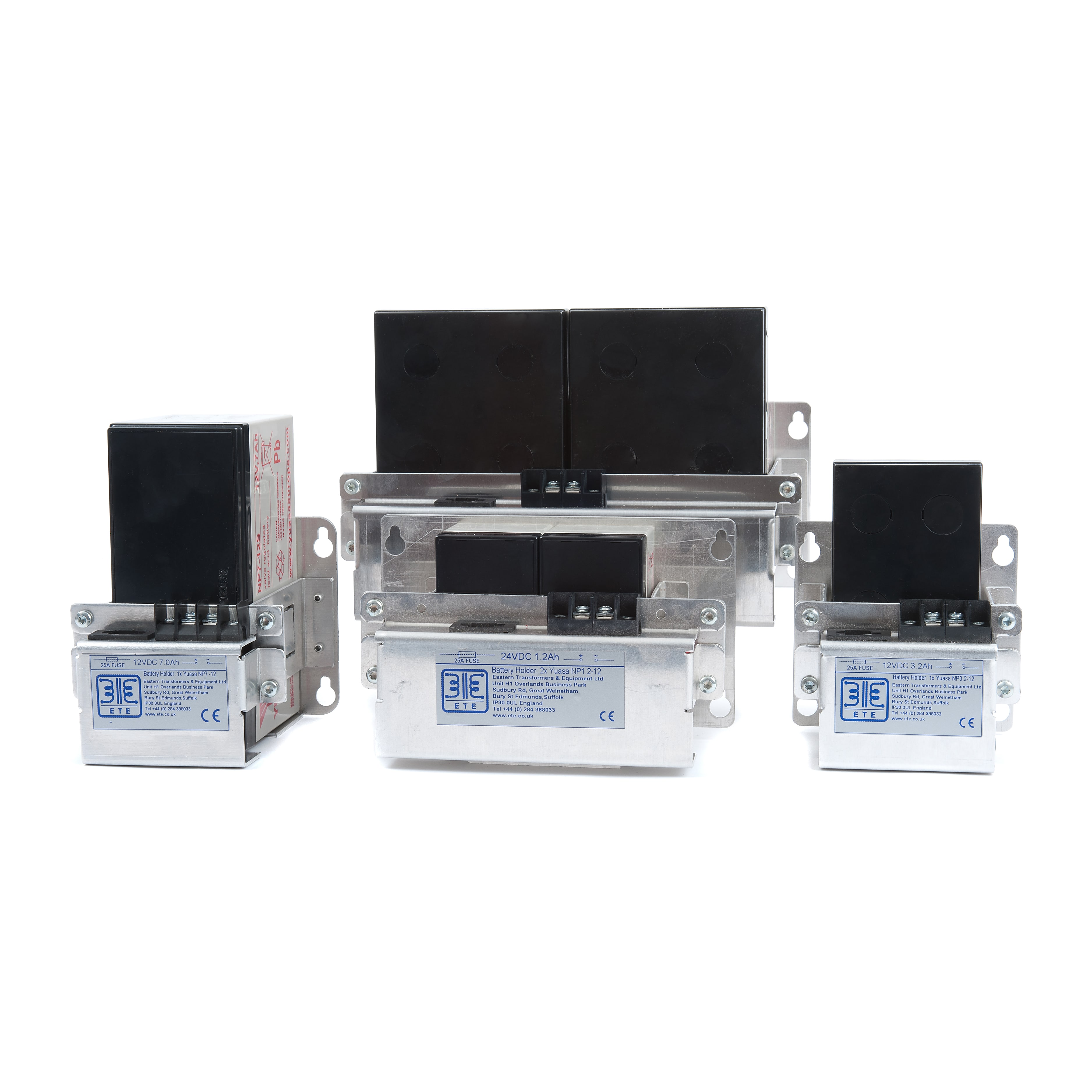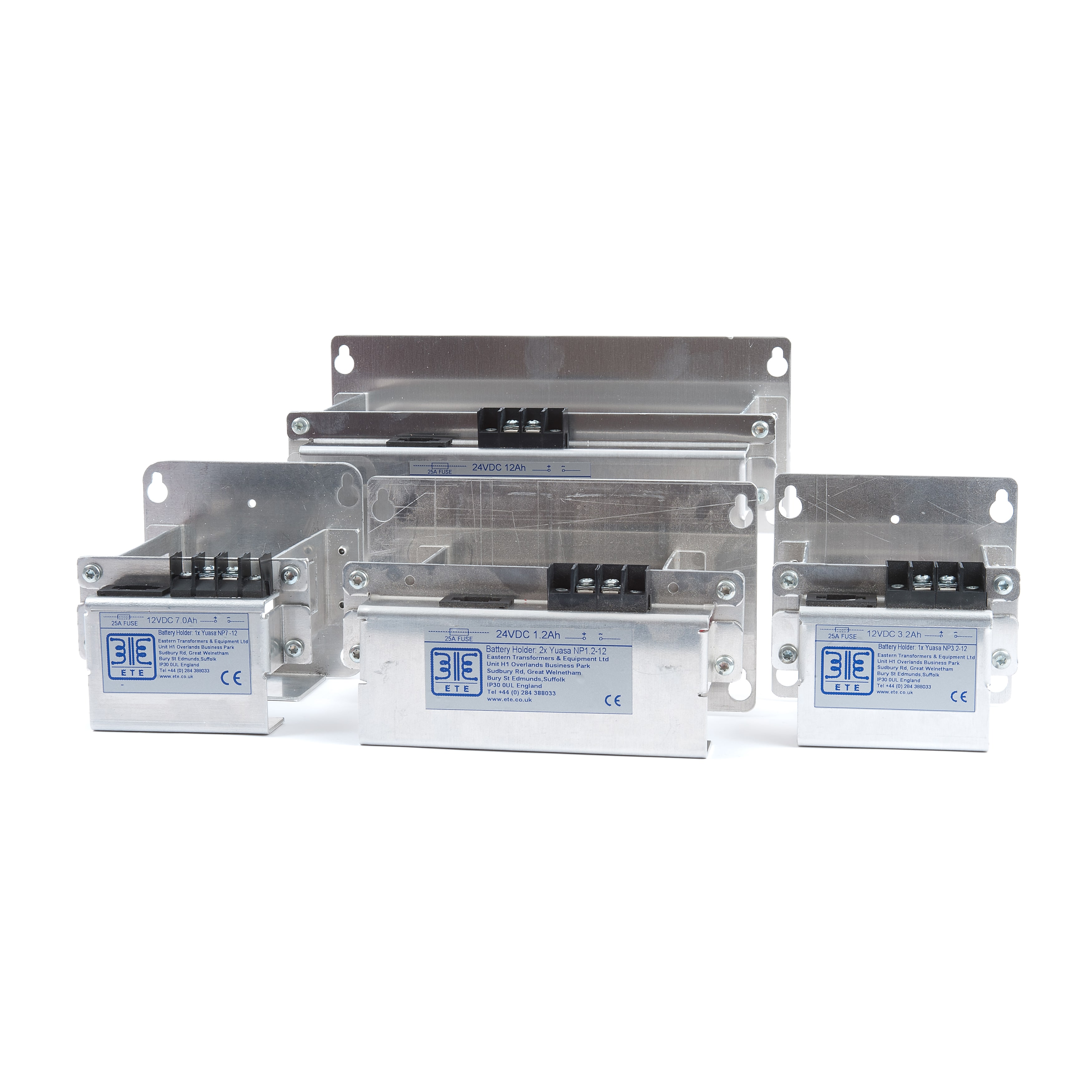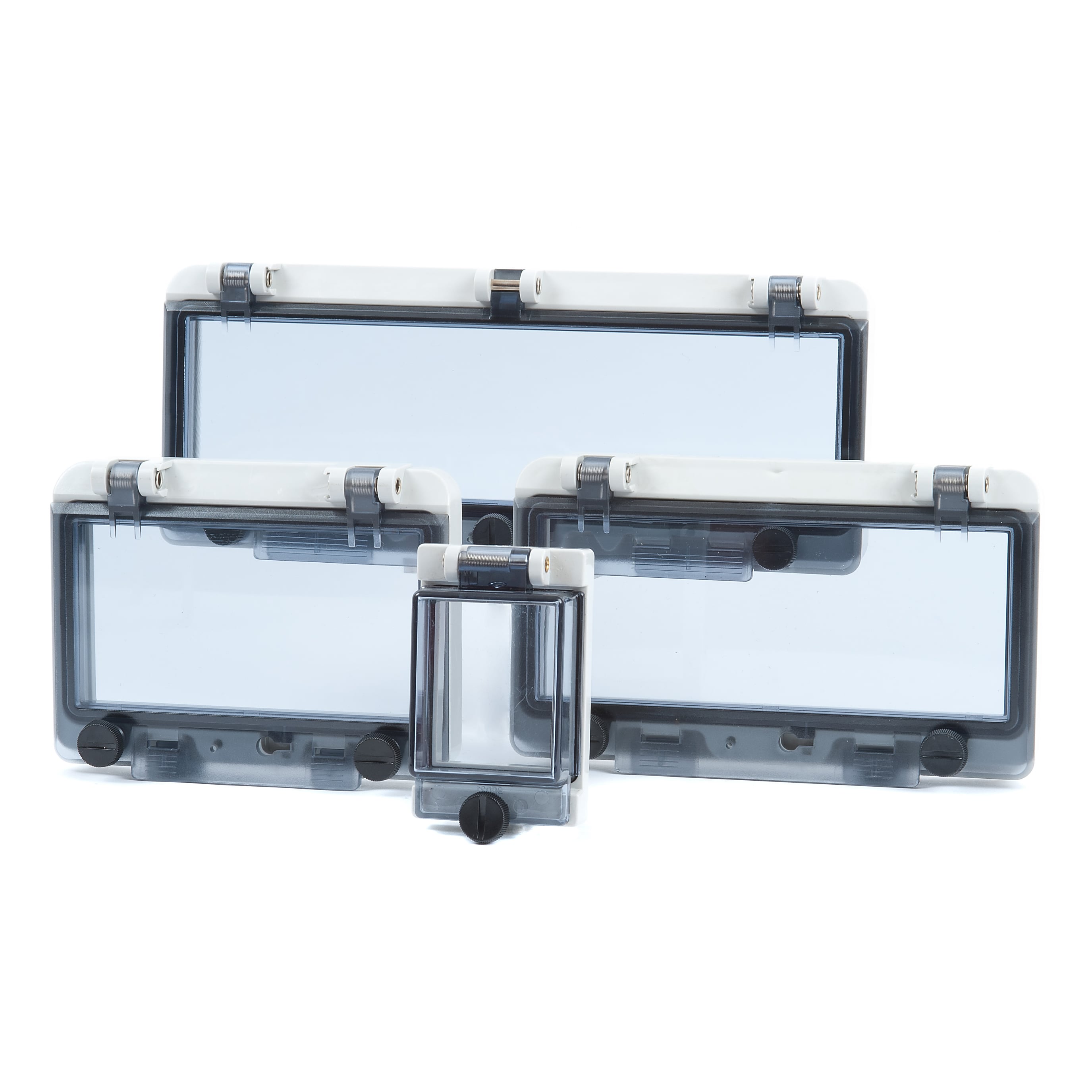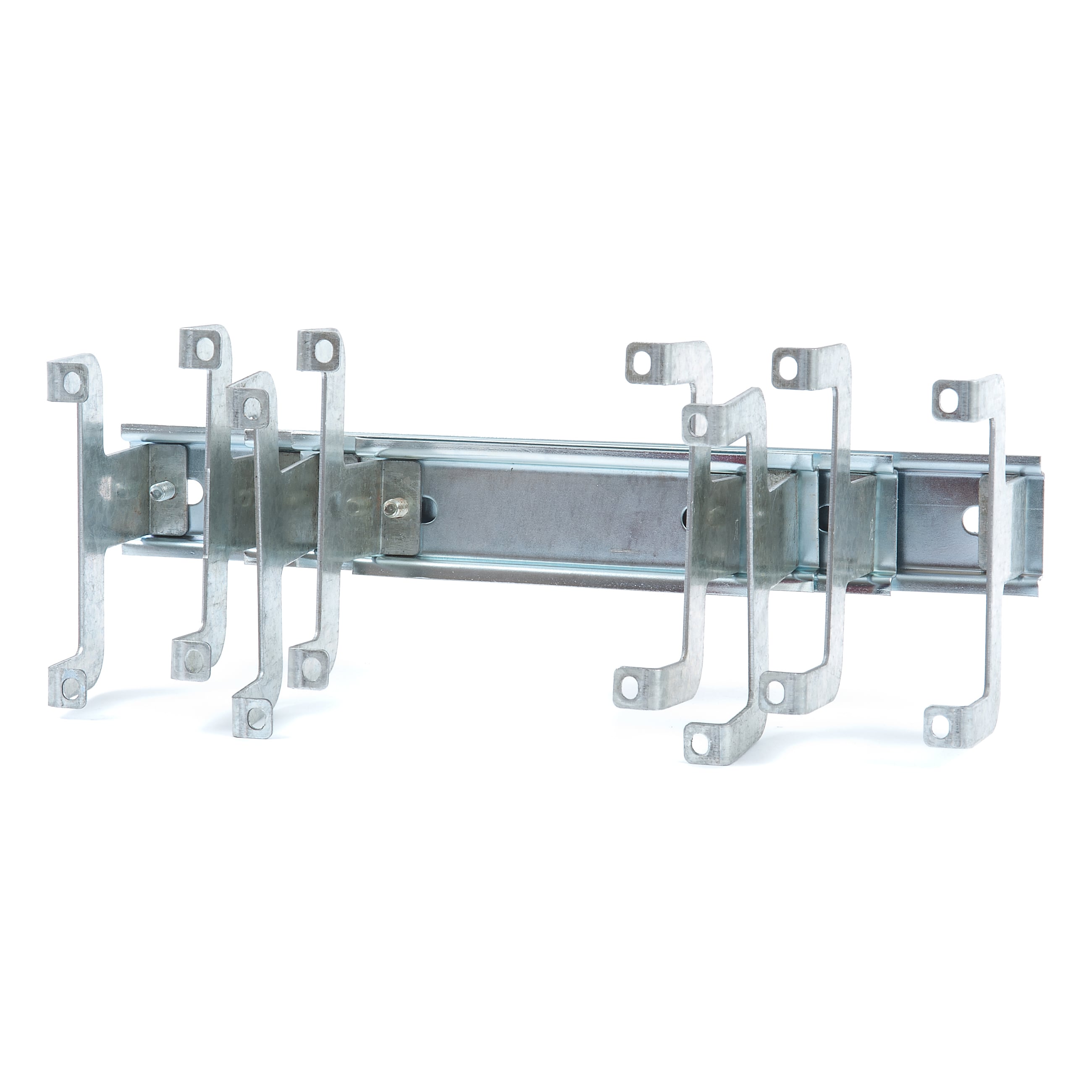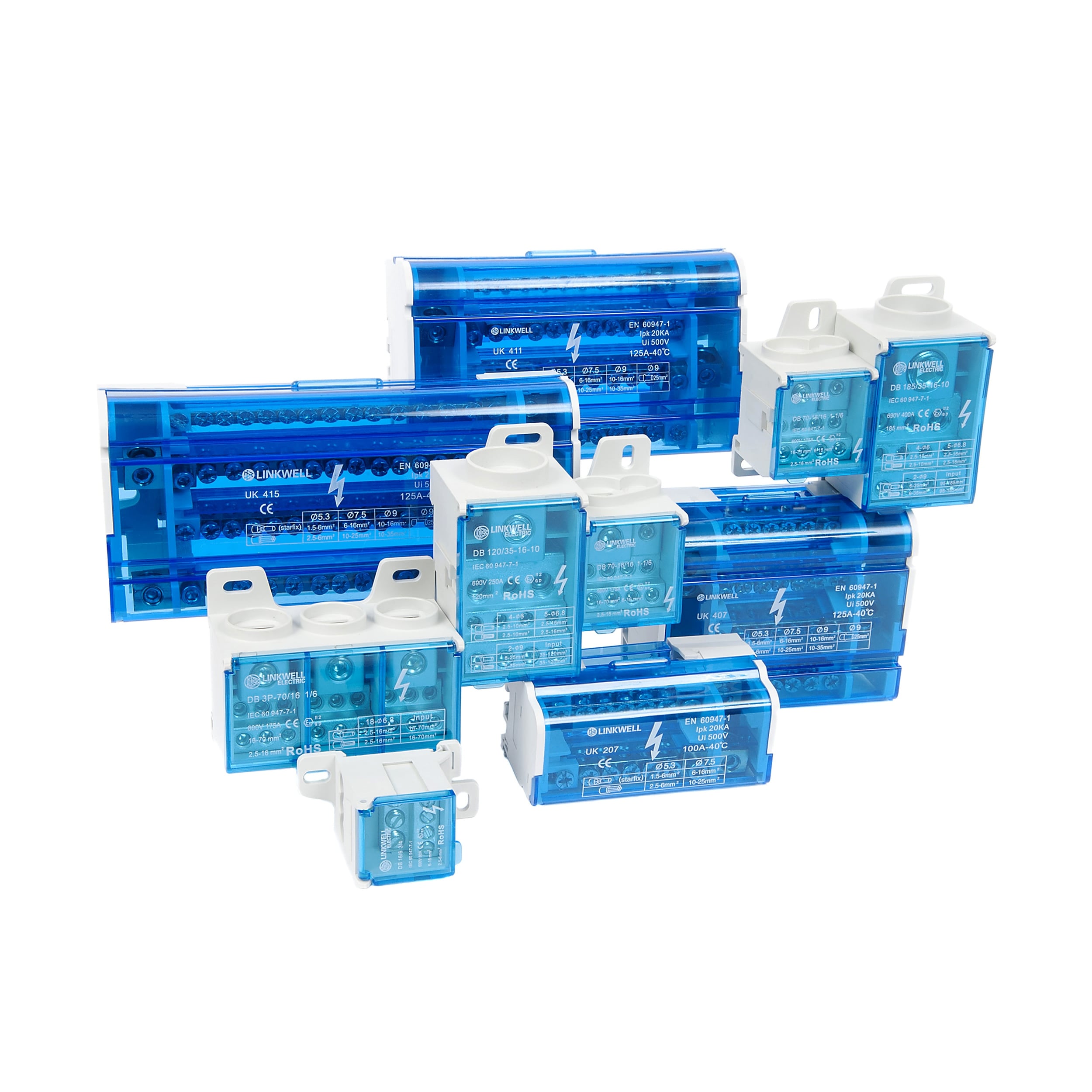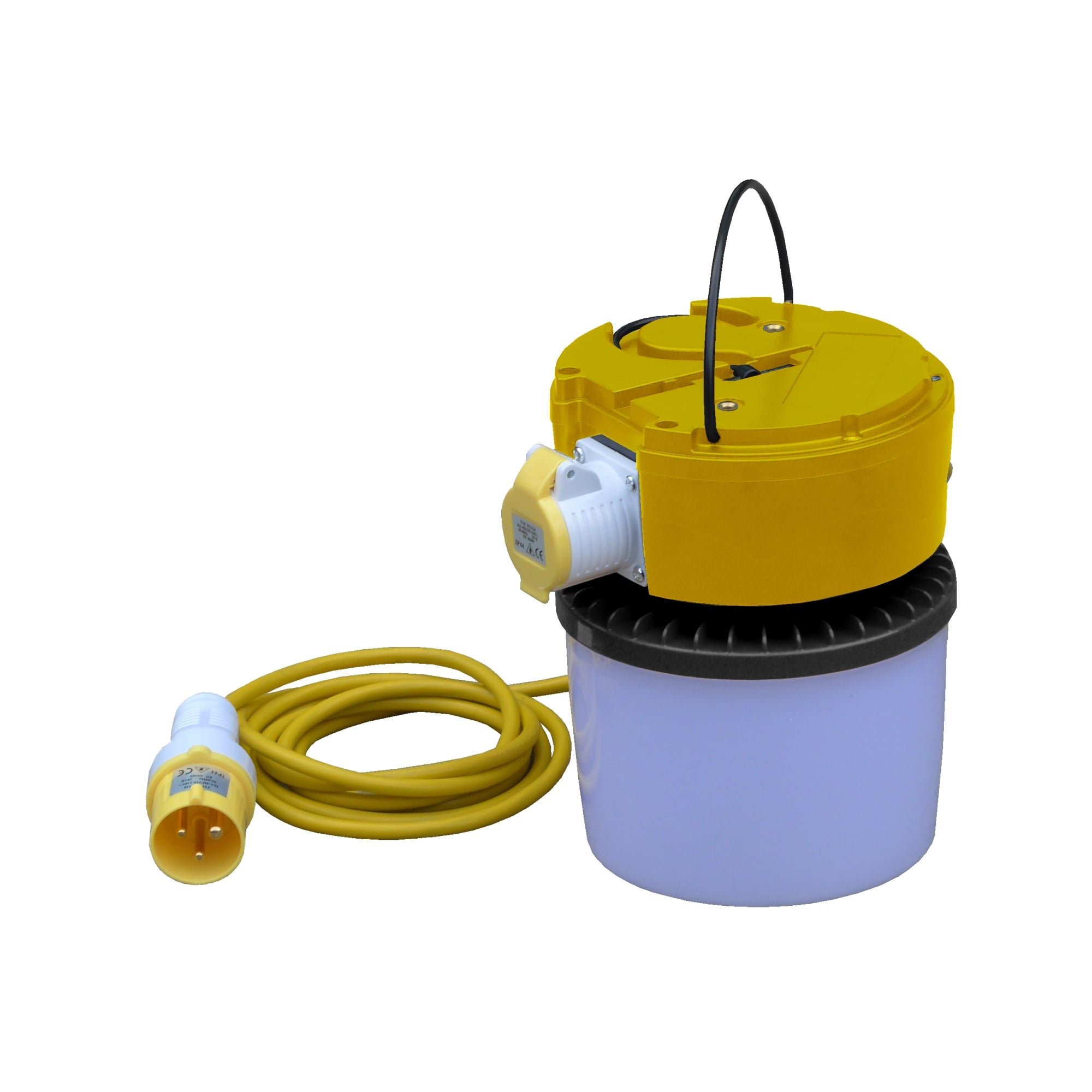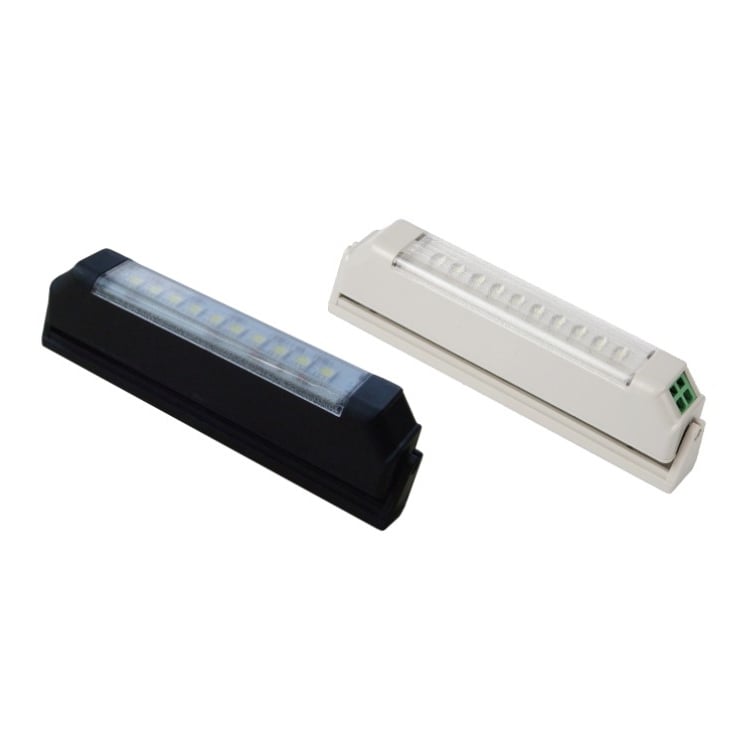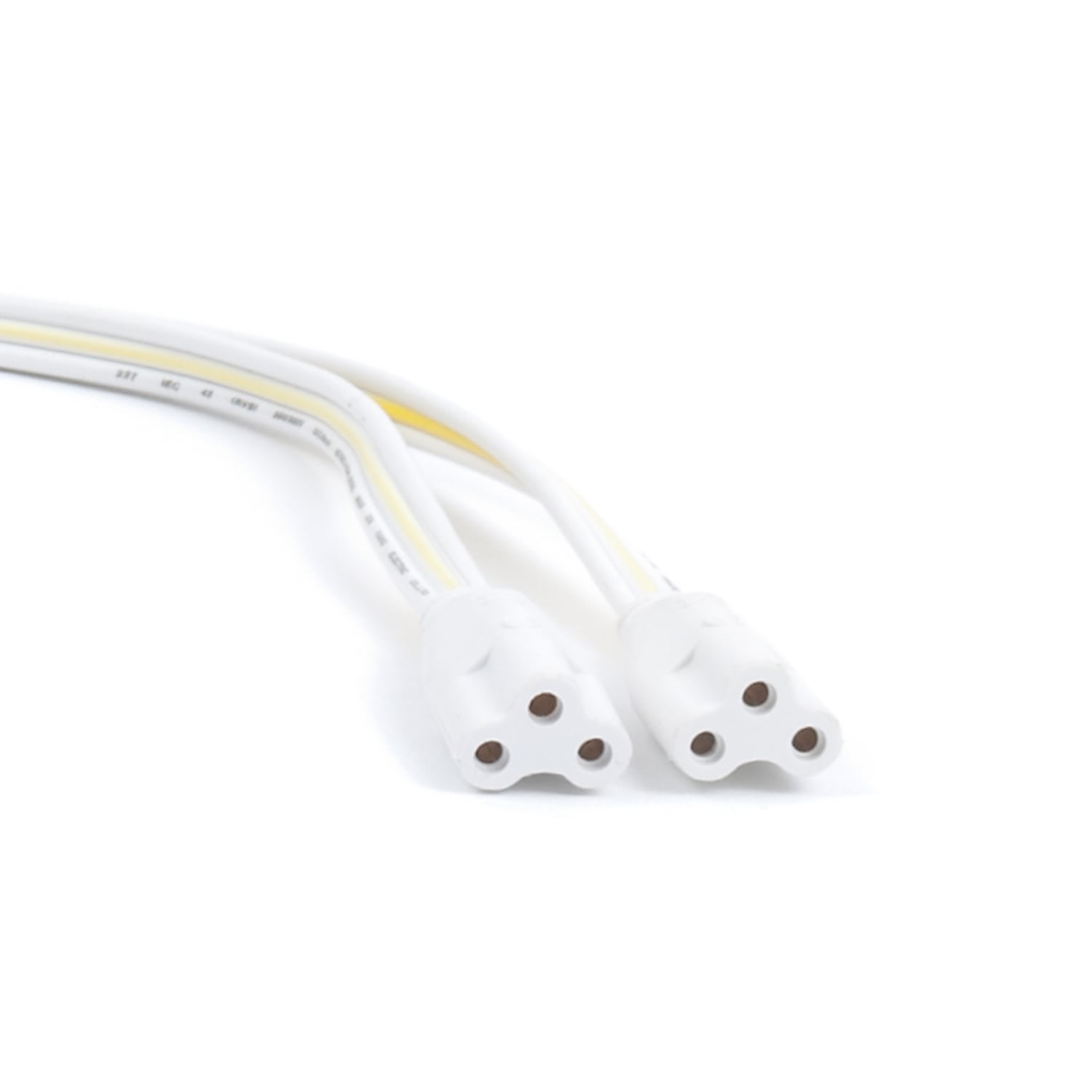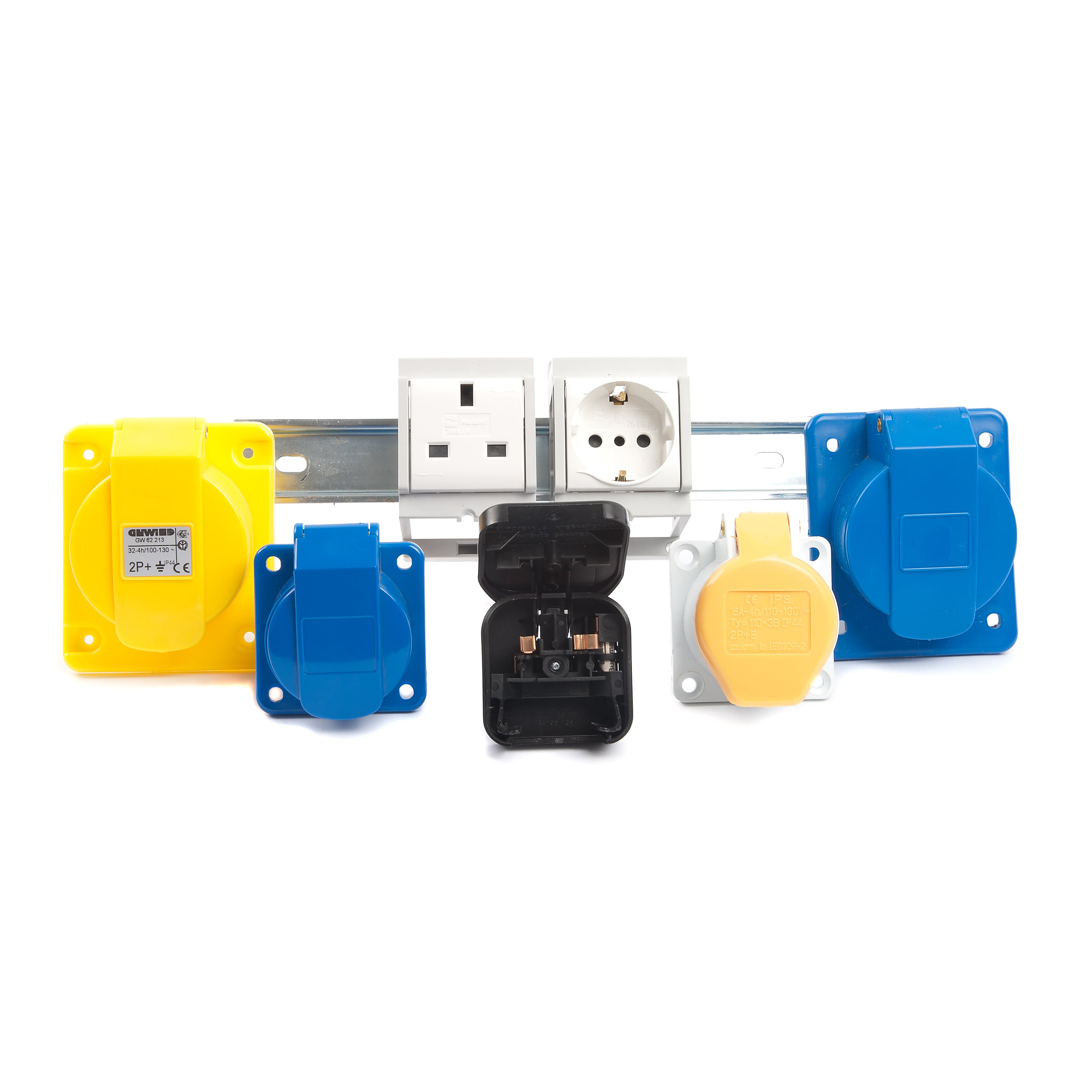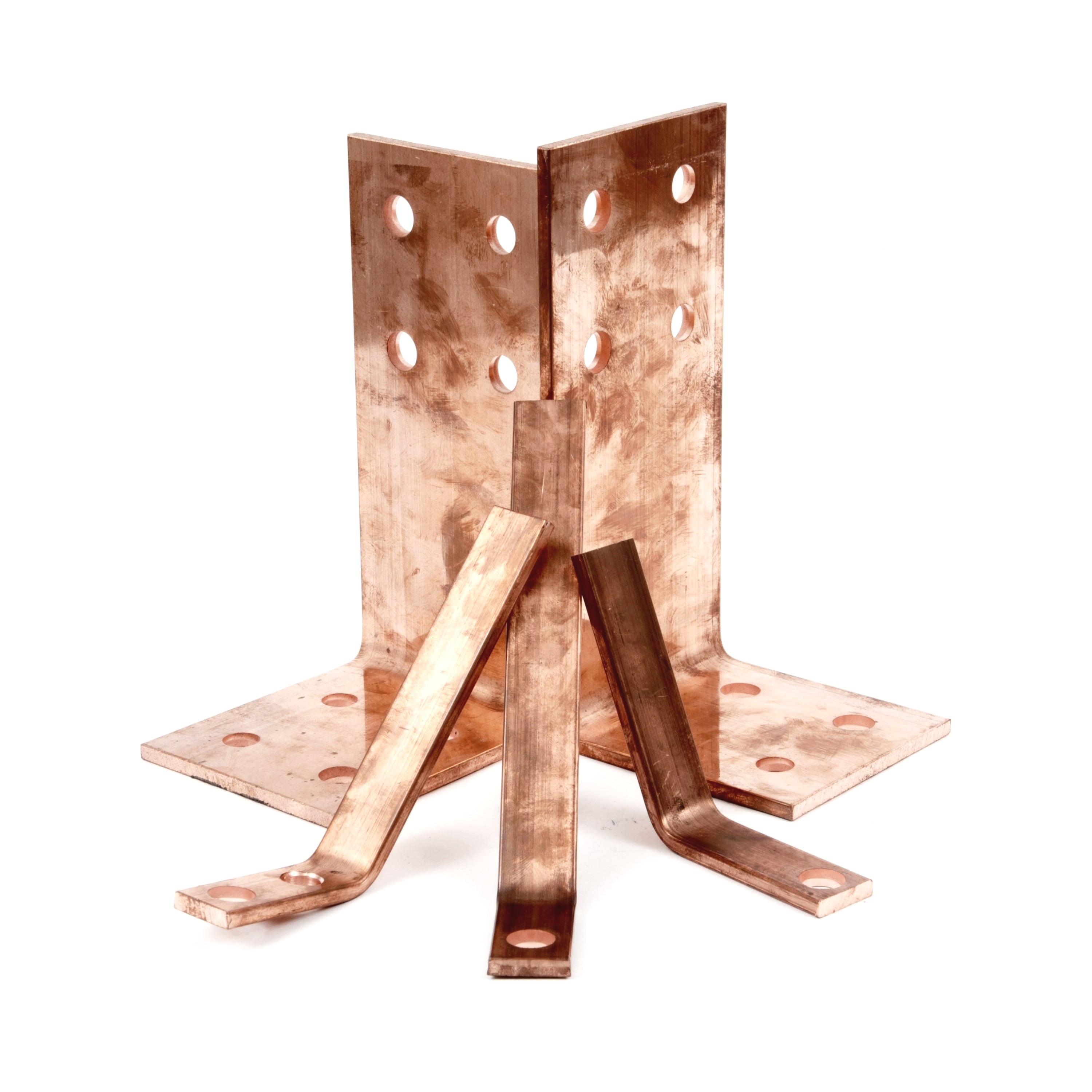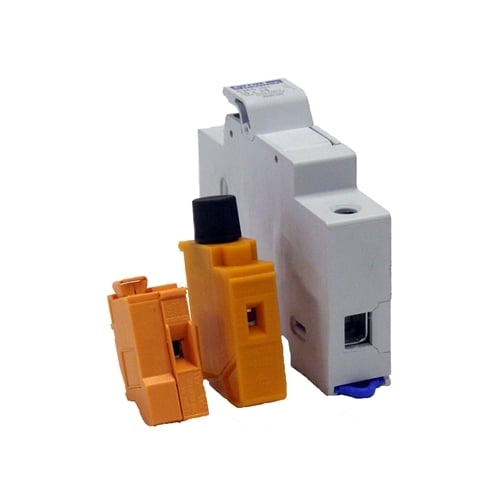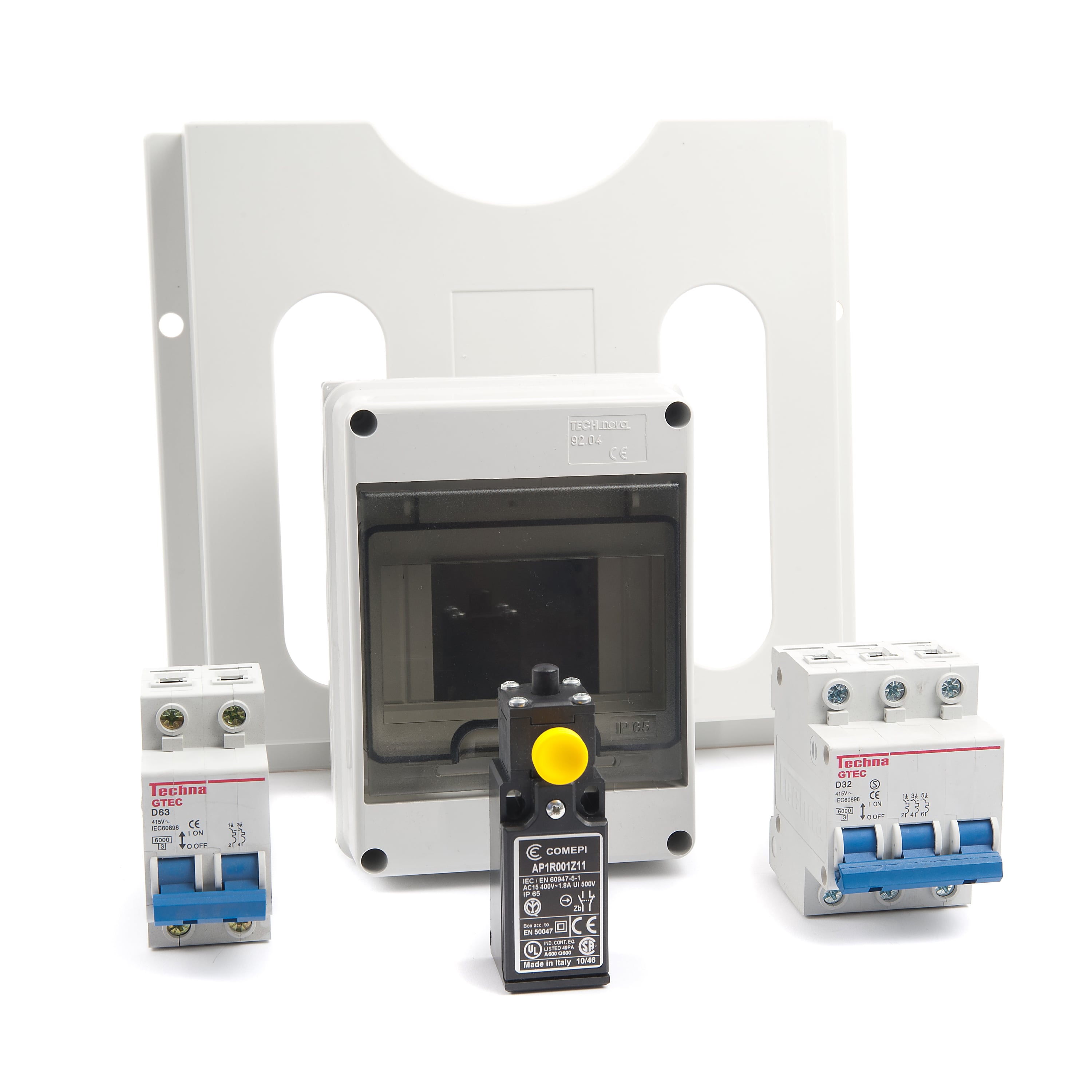Blog
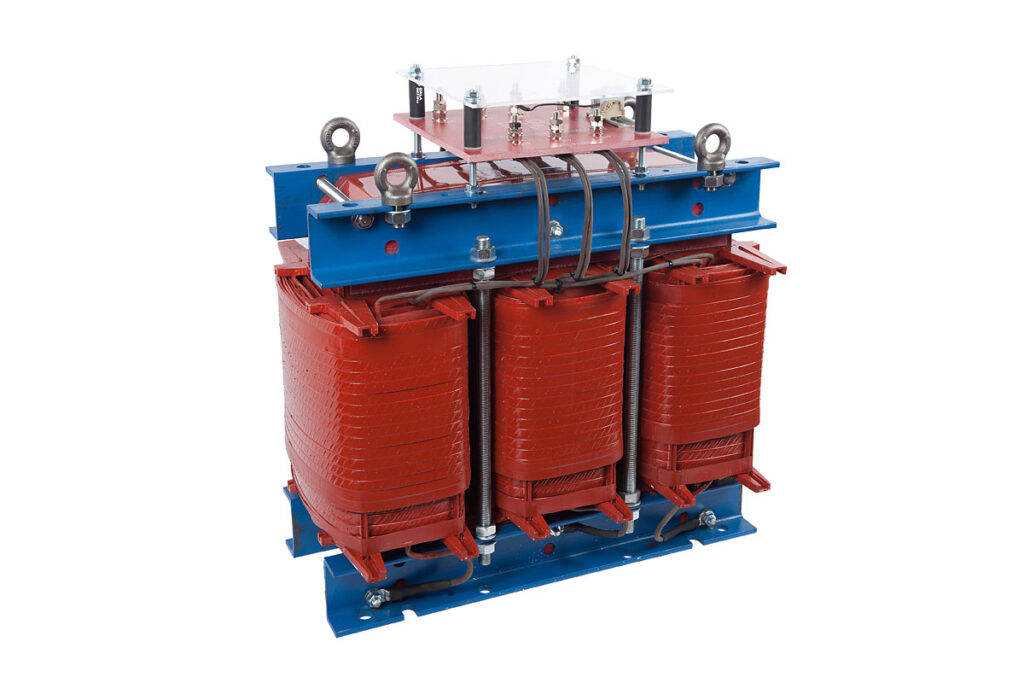
Transformers are specified and designed based on their power rating. This is expressed as VA, KVA or MVA. Generally, the higher the power the larger the transformer.
The main determining factors that contribute to the physical size of transformers are the heat generated when the transformer is fully powered, the type of cooling and the insulation temperature rating.
Key Elements
The key construction elements of transformers are the windings and the transformer core. Both the windings and the core generate heat due to power losses. For a given size, windings constructed from high grade copper have less losses than windings using aluminium. Therefore, for a given power rating windings using high grade copper will be smaller than windings using aluminium.
There are many types of electrical cores for transformers with various performance properties. Electrical steels have many grades varying from low loss steels to steels with much higher losses.
The combined losses of both the transformer windings and the transformer core determine the overall efficiency of the design. Generally, the efficiency of transformers can be as low as 50% for low VA ratings to above 95% for higher ratings.
Cooling methods for transformers vary from naturally air-cooled transformers for low power units to forced air transformers for larger units and then to oil cooled transformers for high powered units.
The choice of insulating materials for the transformer design is critical. Insulating materials range in temperature ratings from 90 degrees centigrade to over 180 degrees centigrade.
The Designer’s Job
The designer’s job in arriving at a final transformer design is to choose the winding material, the core type and grade, the type of cooling and the insulation class or its temperature rating.
ETE design transformers for standard applications that cover all these criteria. These factors determine the final design and size.
Where special electrical and size criteria are required for special applications, our designers can collaborate closely with engineers and customers to arrive at the optimum design.
Our design team at ETE are here to help and work closely to achieve these goals.

